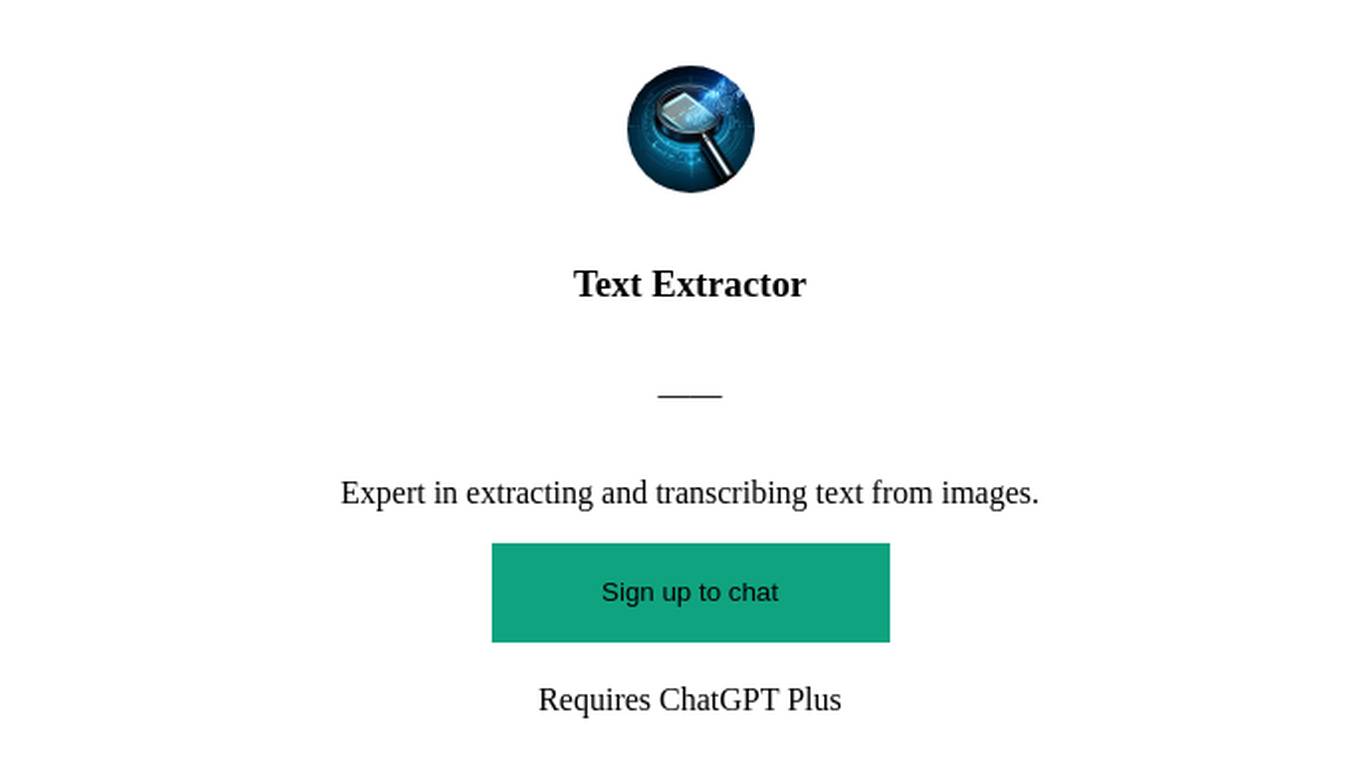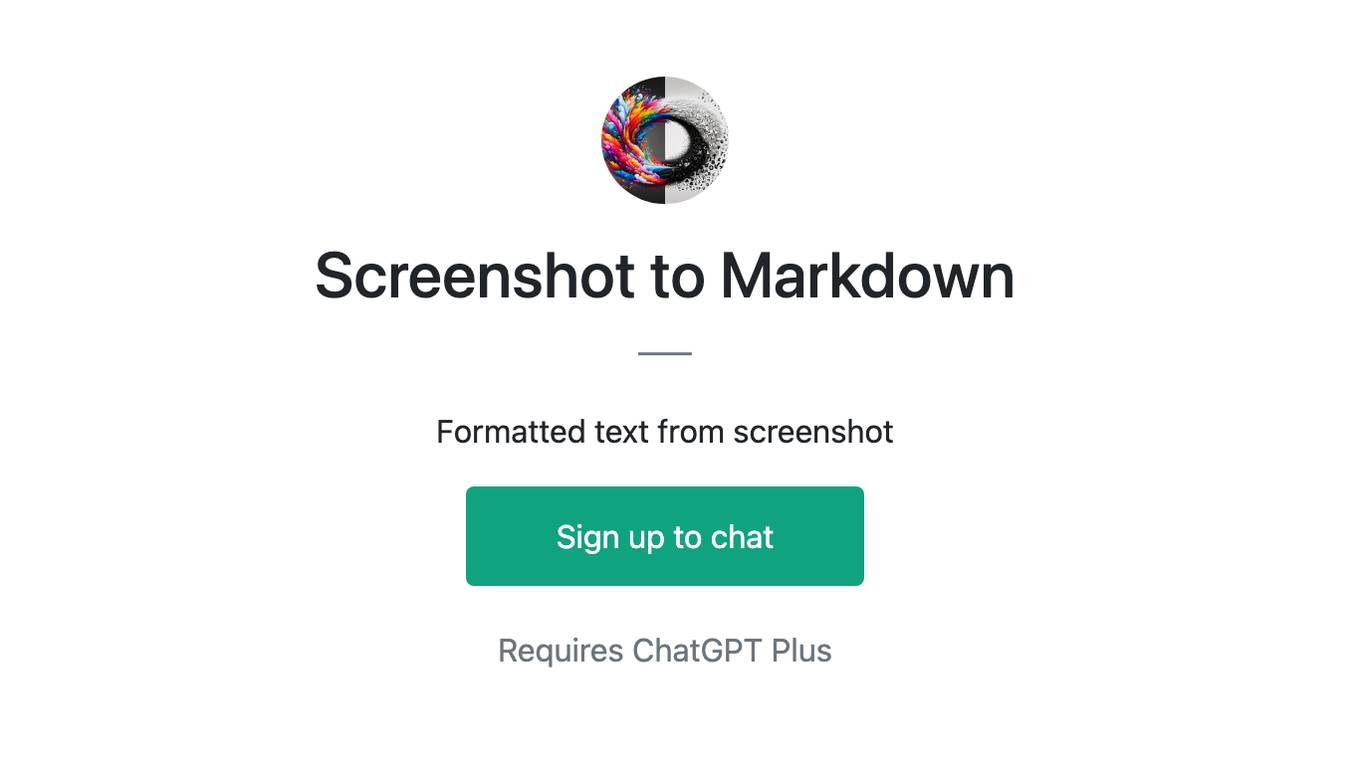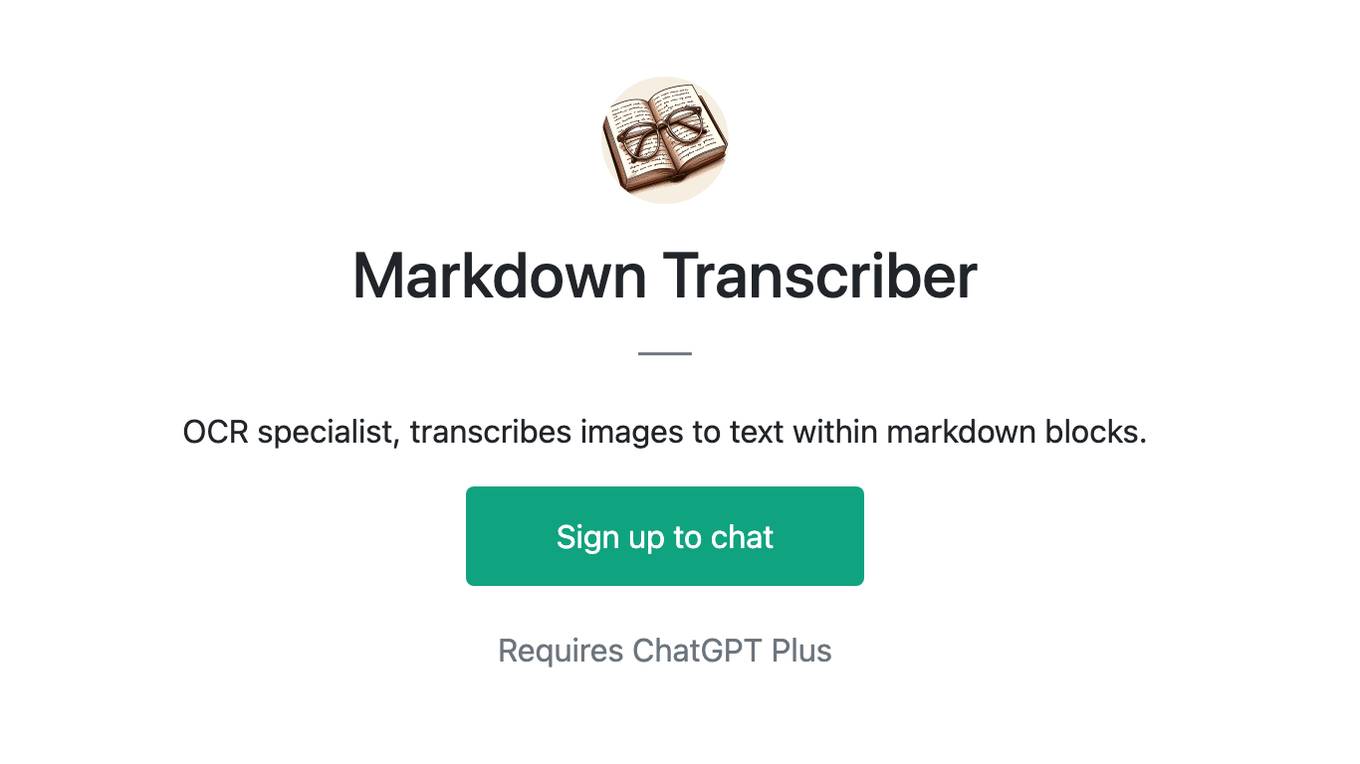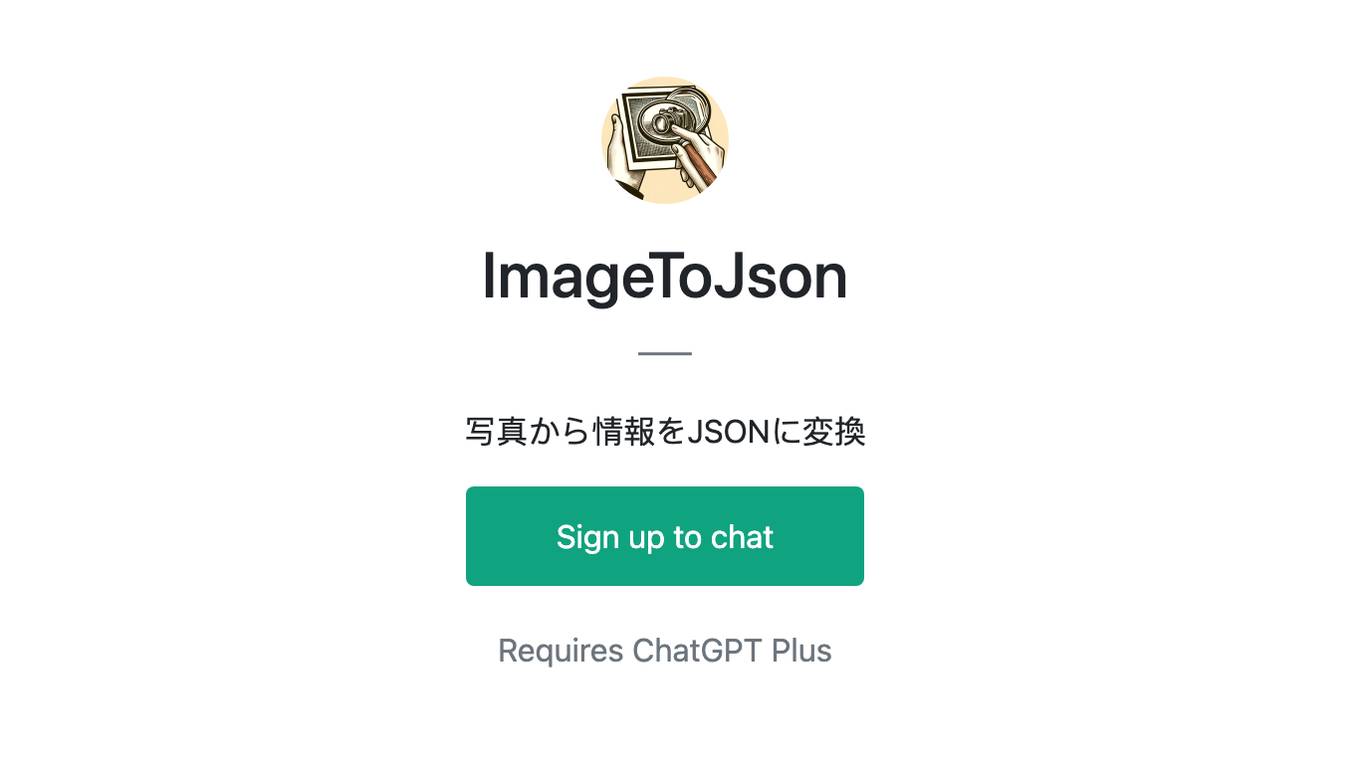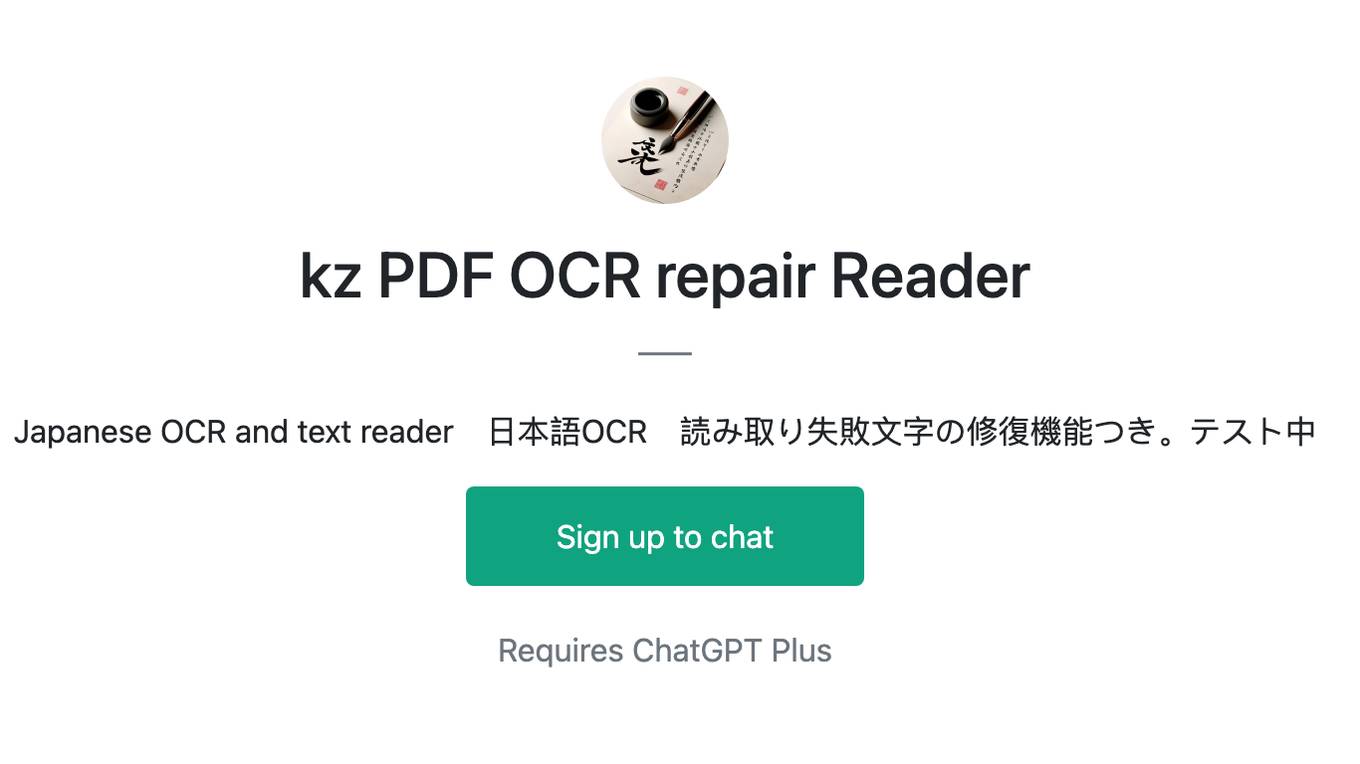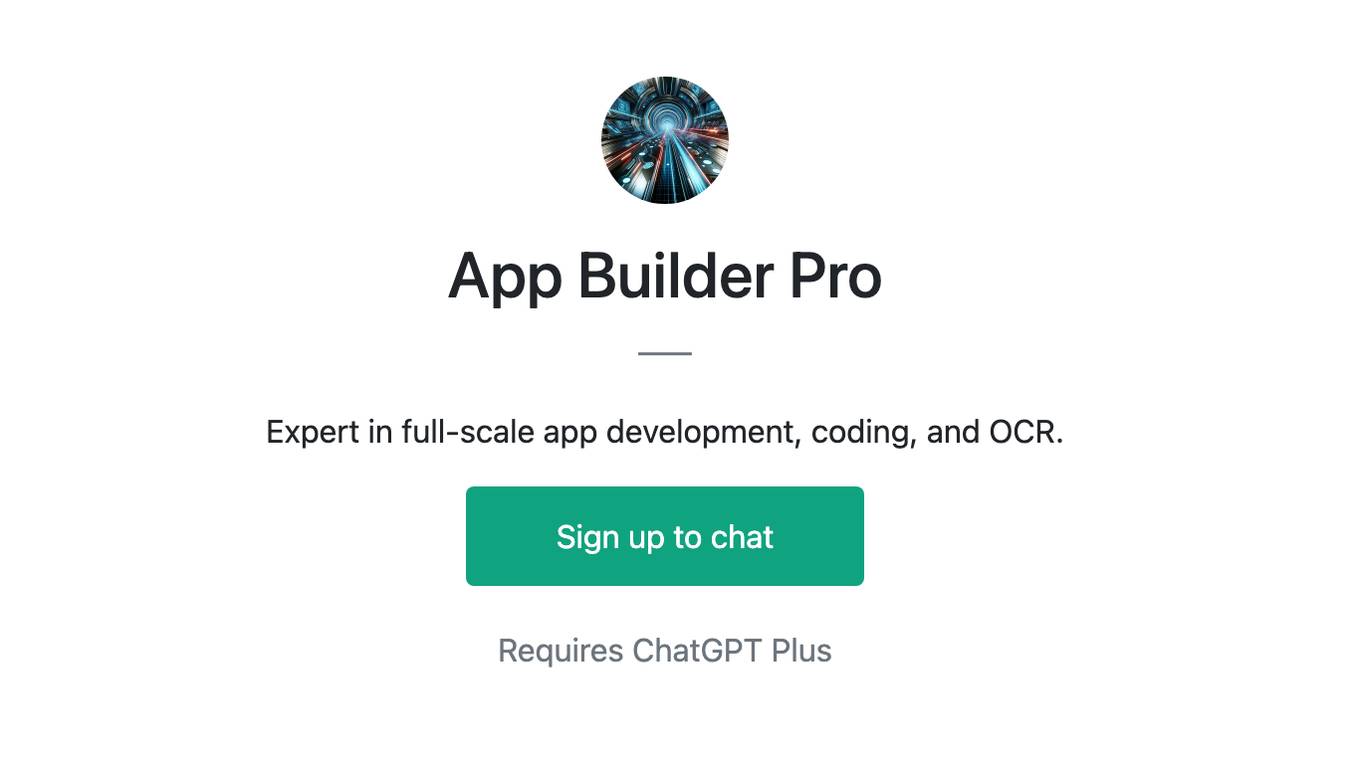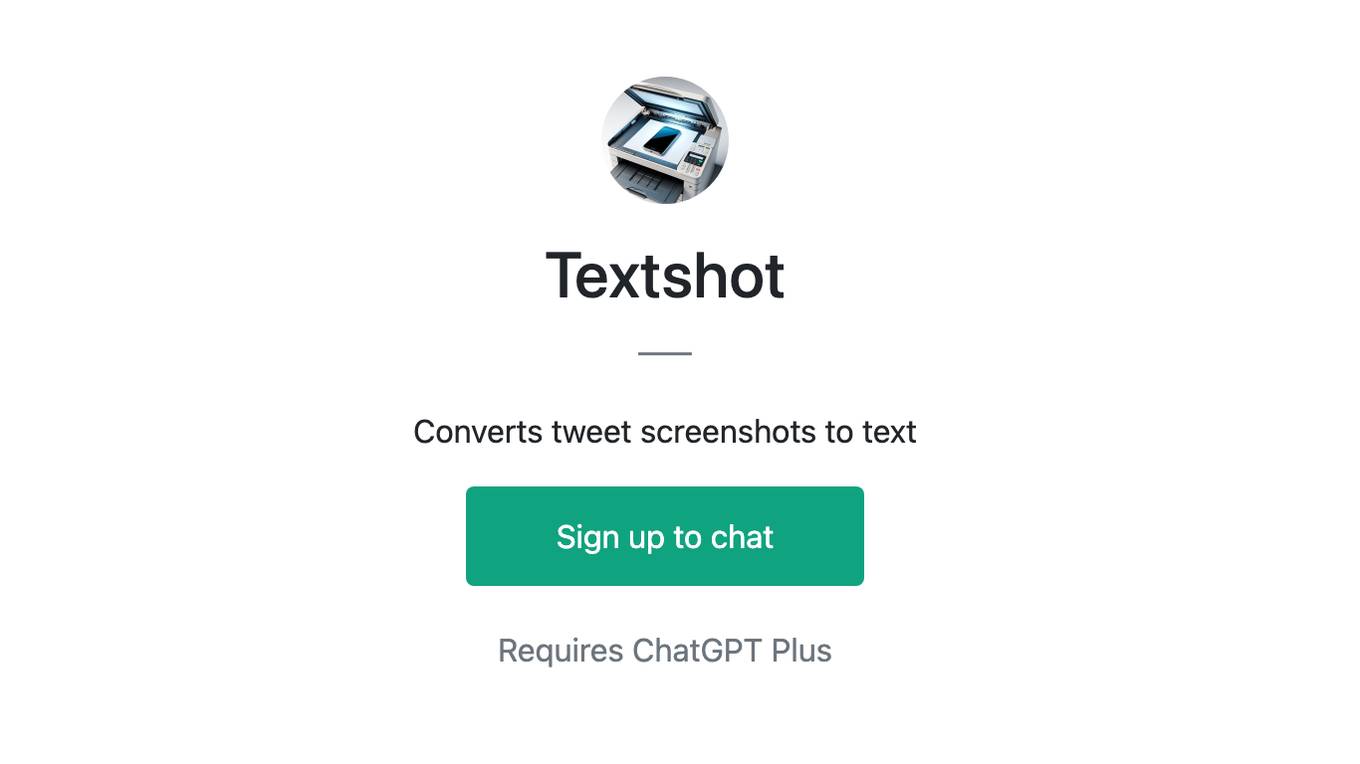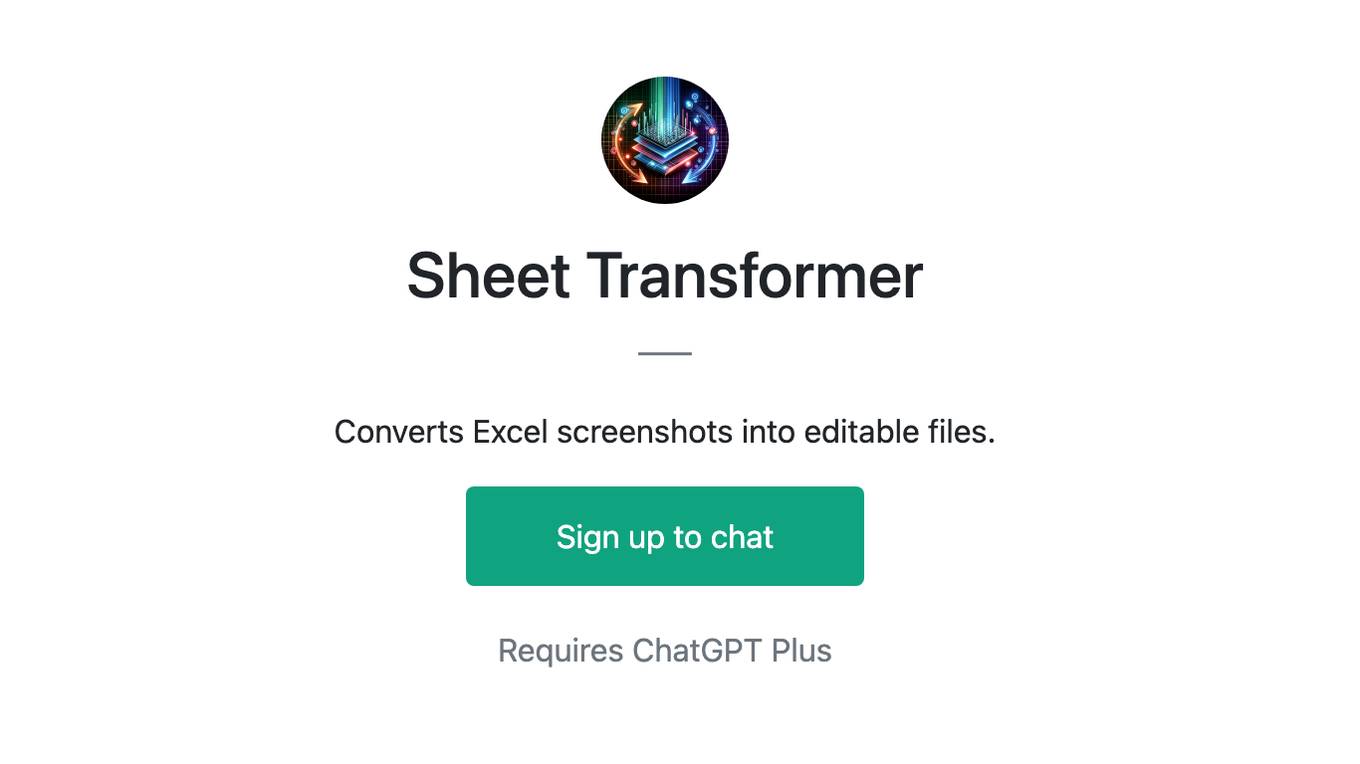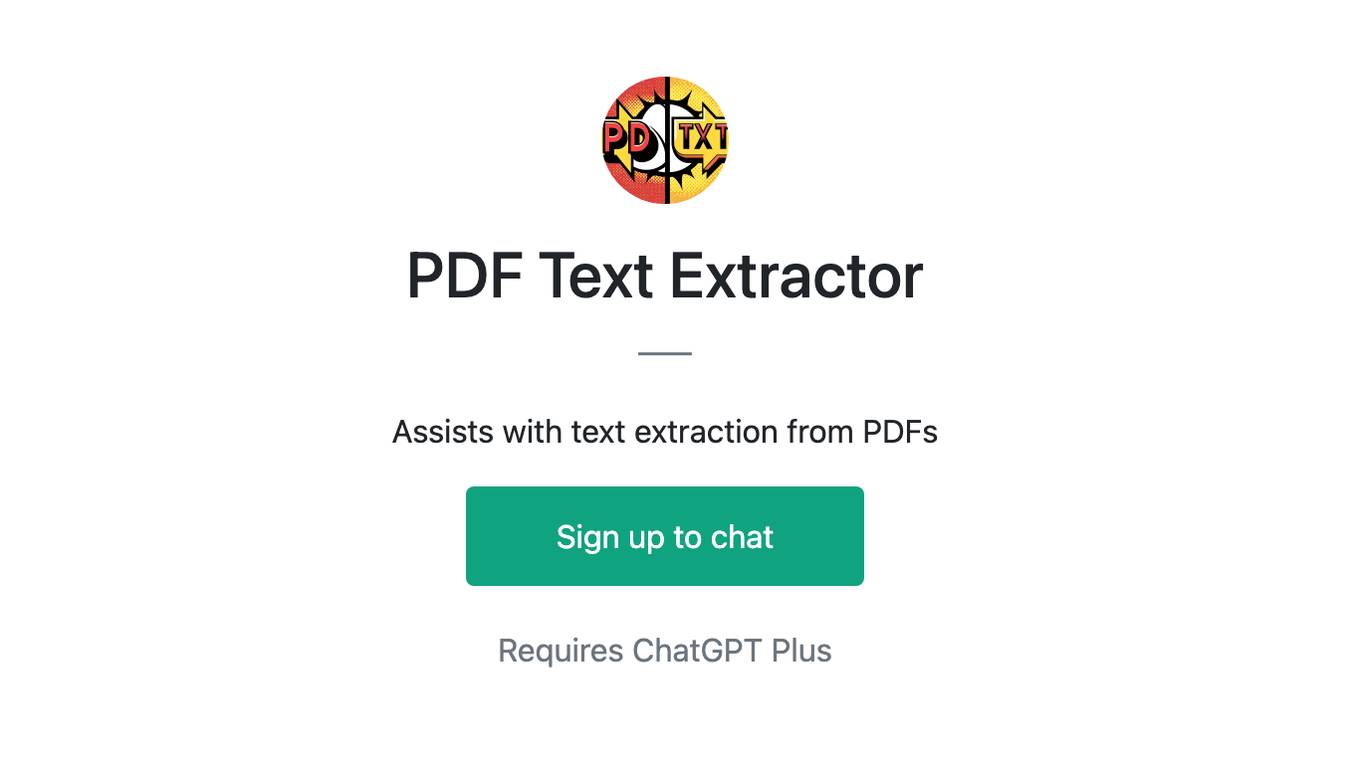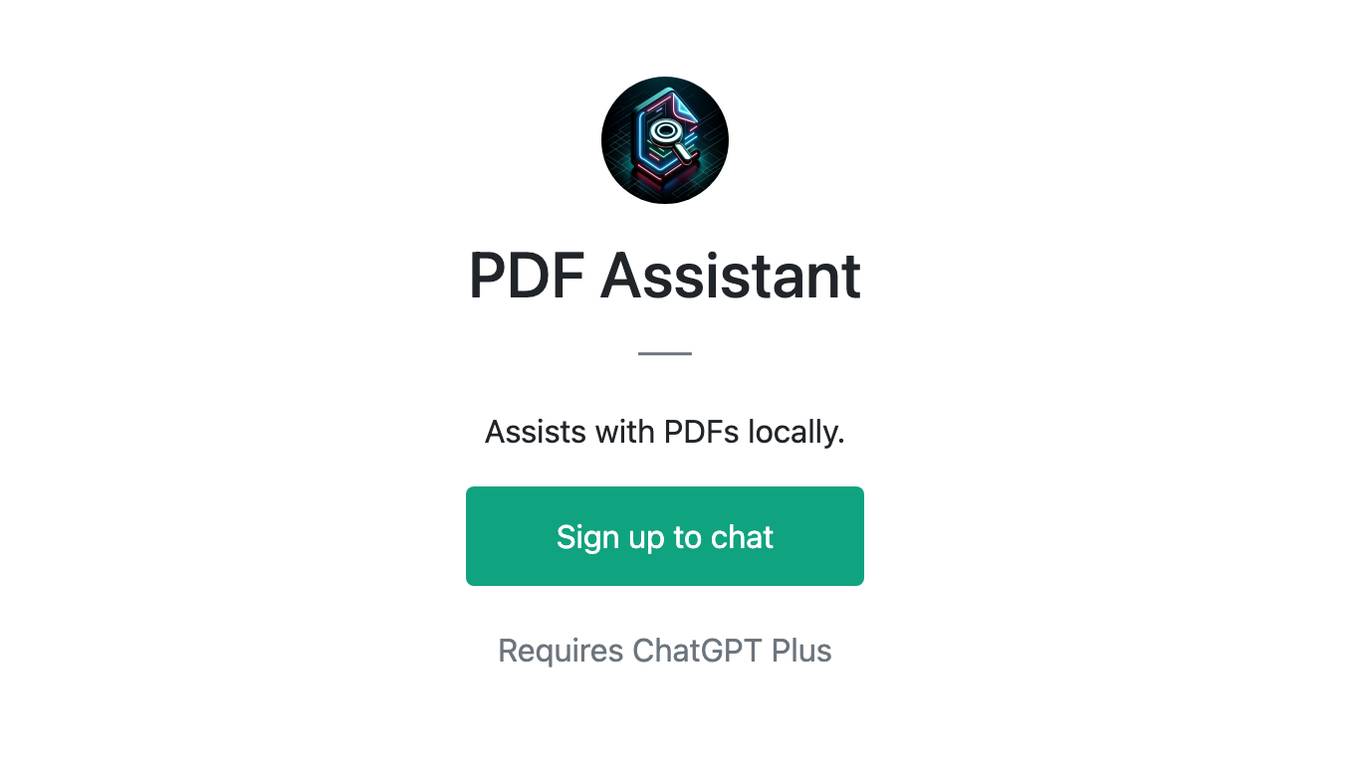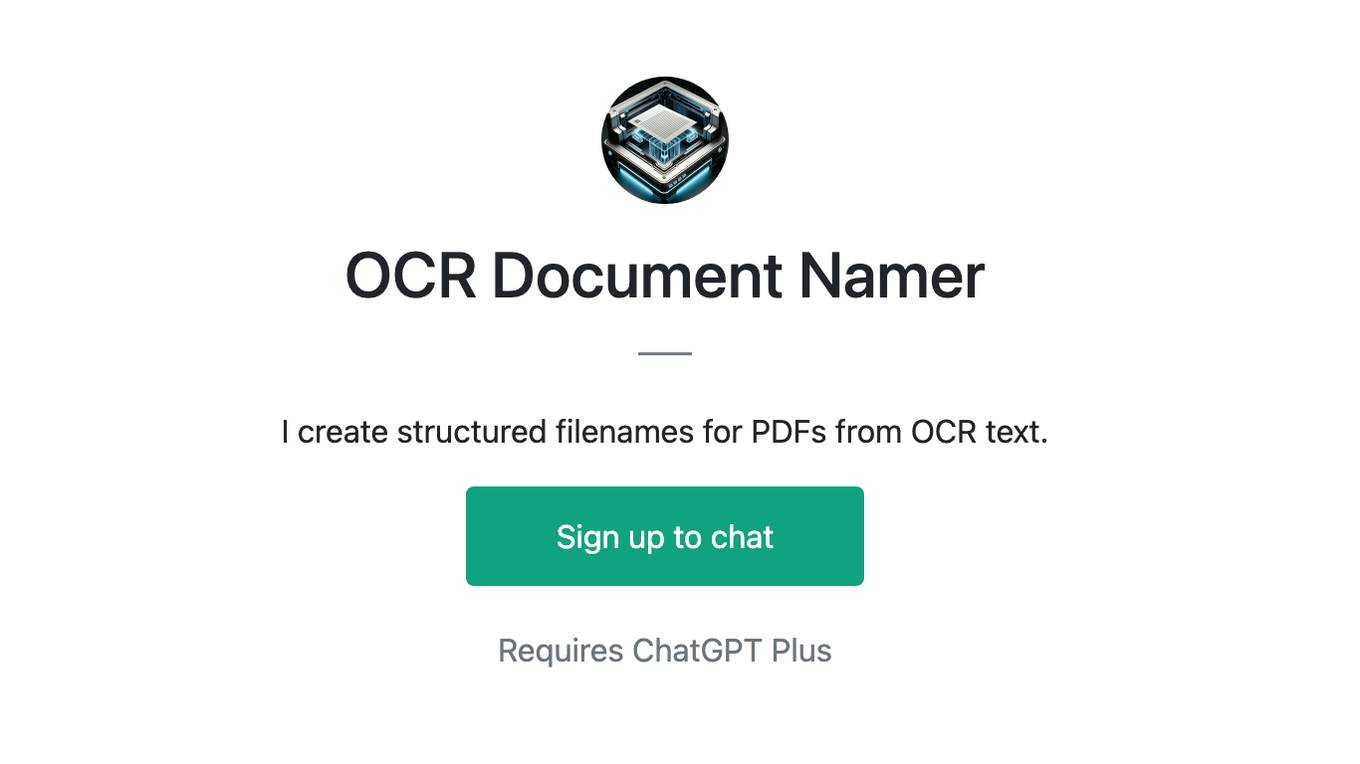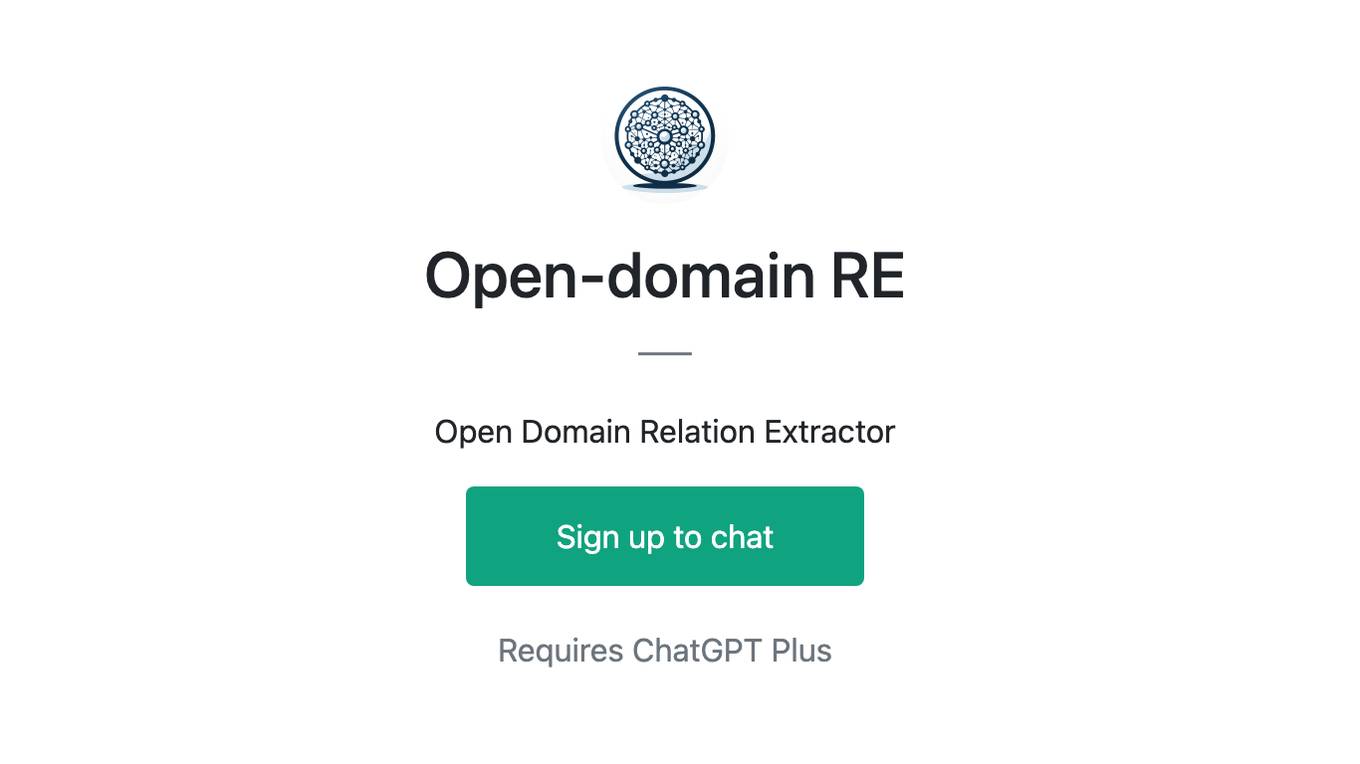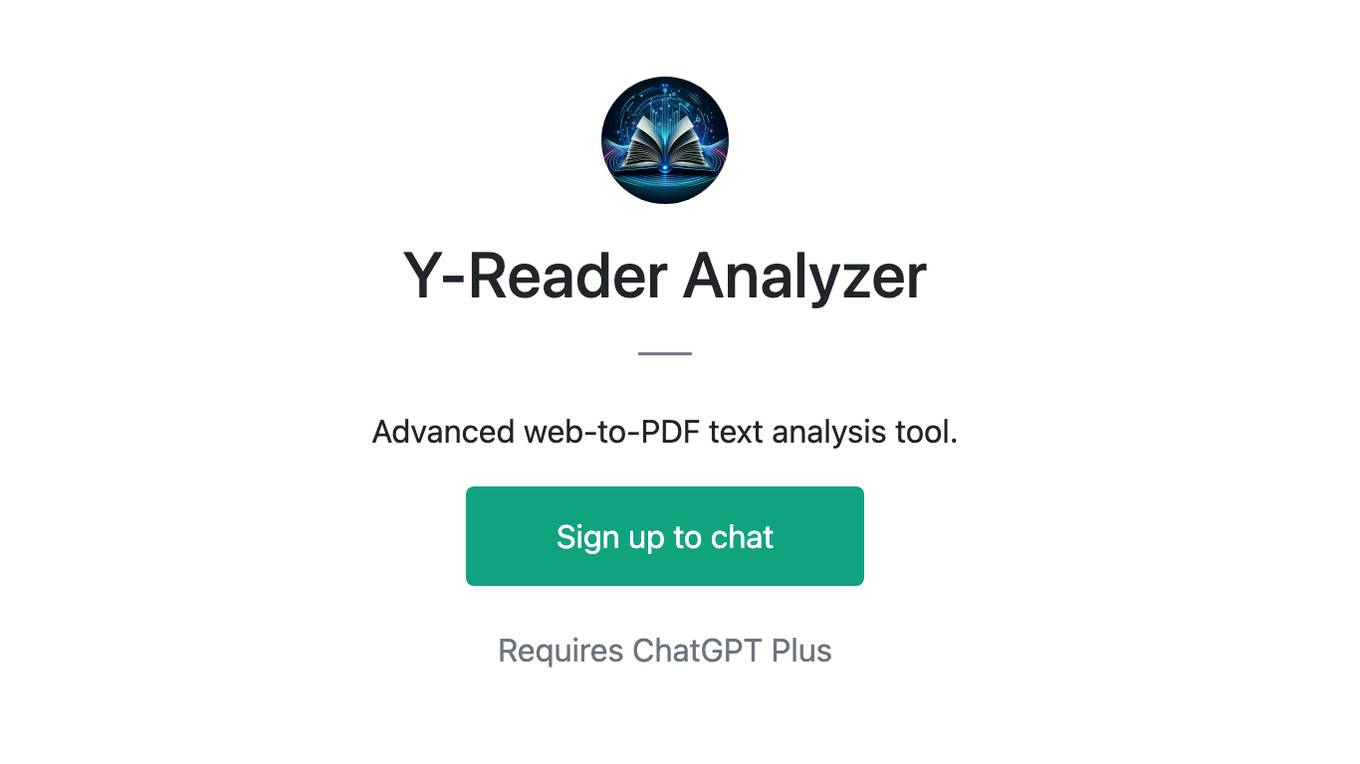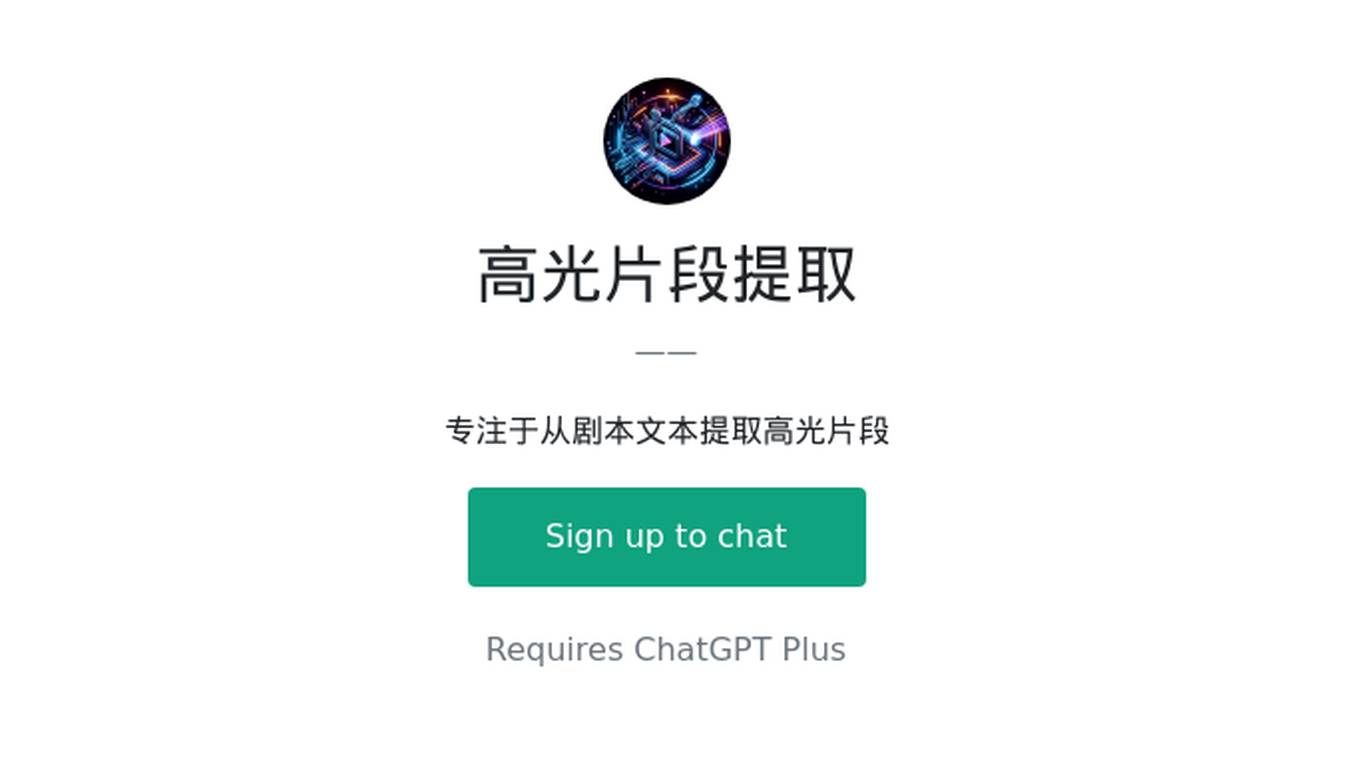Best AI tools for< Extract Text From Image >
20 - AI tool Sites
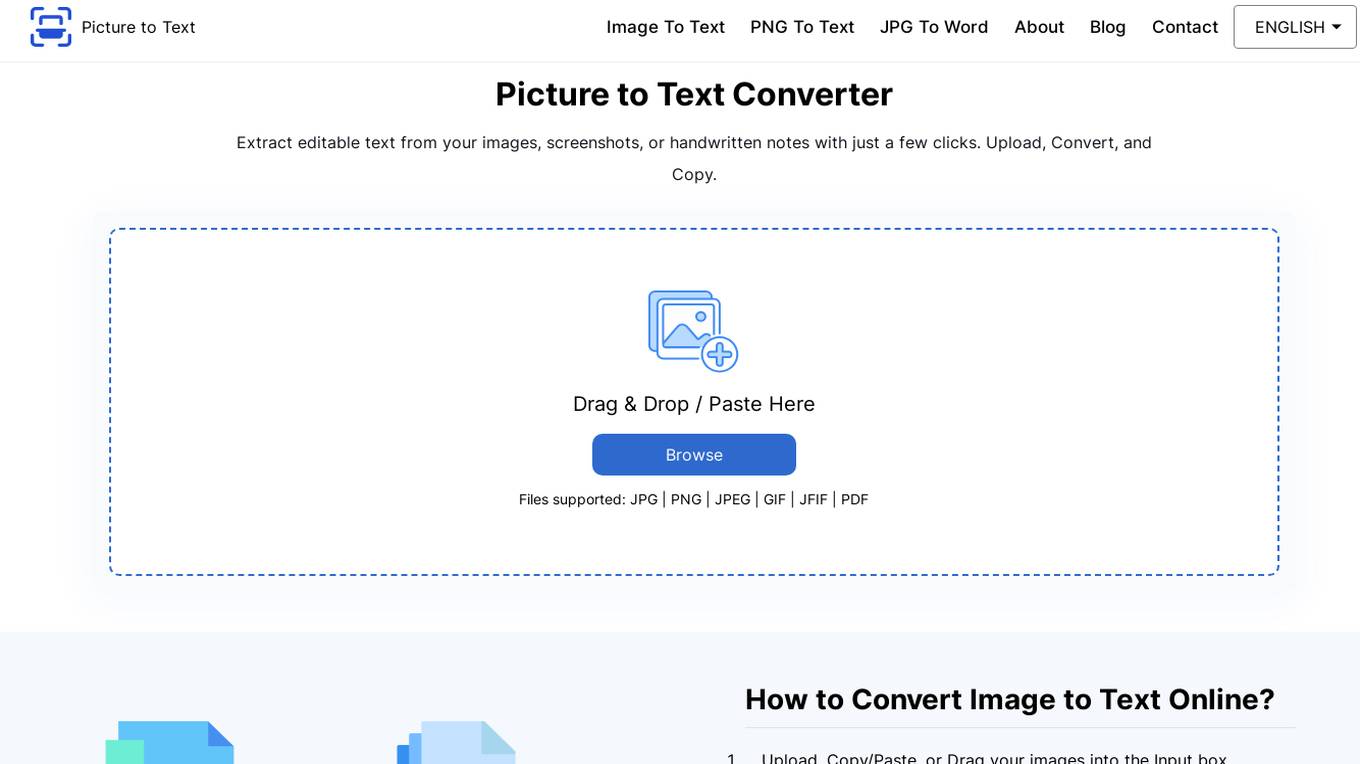
Picture to Text Converter
Picture to Text Converter is an online tool that uses Optical Character Recognition (OCR) technology to extract text from images. It can process various image formats like JPG, PNG, GIF, scanned documents (PDFs), and even photos taken with your phone's camera. The extracted text can be copied to the clipboard or downloaded as a TXT file. Picture to Text Converter is free to use and does not require any registration or installation. It is a convenient and efficient way to convert images into editable text.
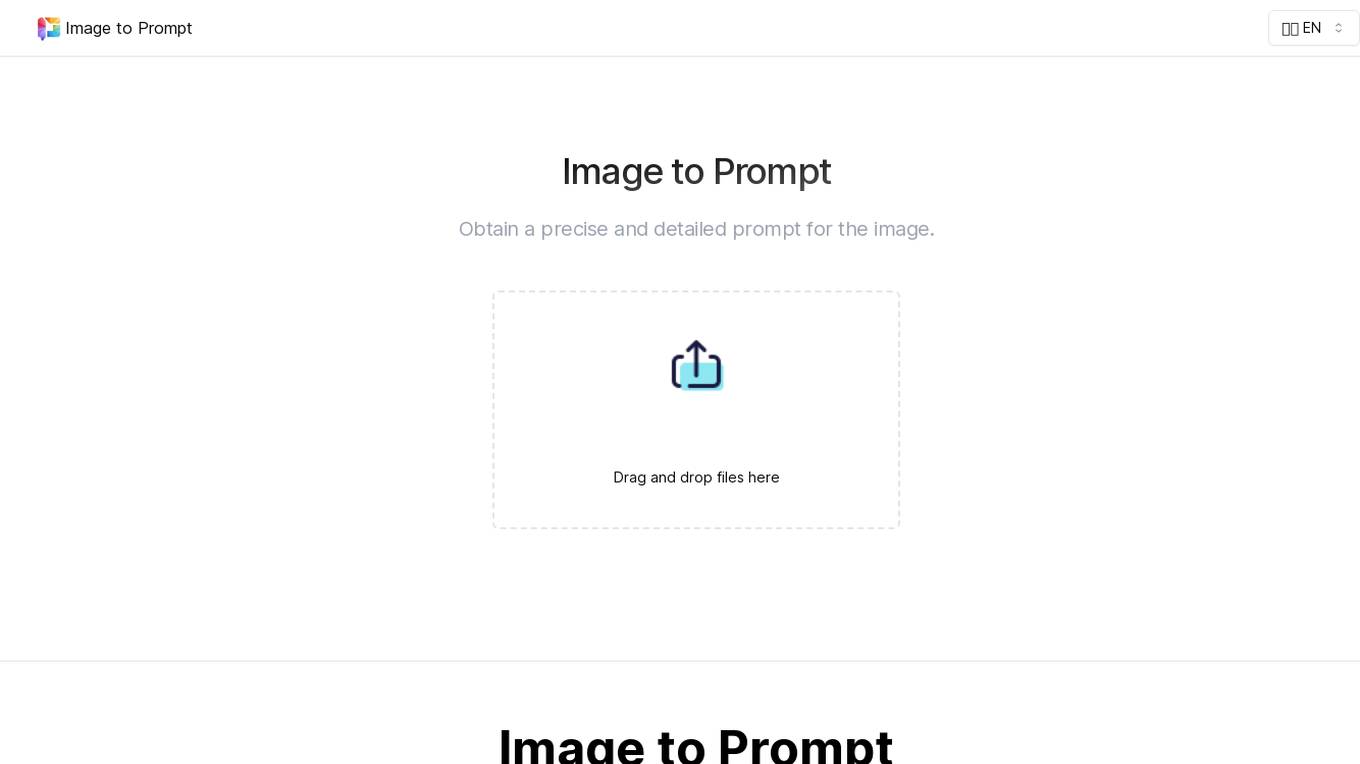
Image to Prompt
Image to Prompt is an online AI tool that allows users to upload images and convert them into detailed text prompts using advanced AI algorithms. The tool ensures high accuracy and relevance in generating prompts, with a user-friendly interface for easy conversion. Privacy protection is prioritized, as all uploaded images are securely processed and deleted after prompt generation. Users can follow three simple steps to convert their images into prompts quickly and efficiently.
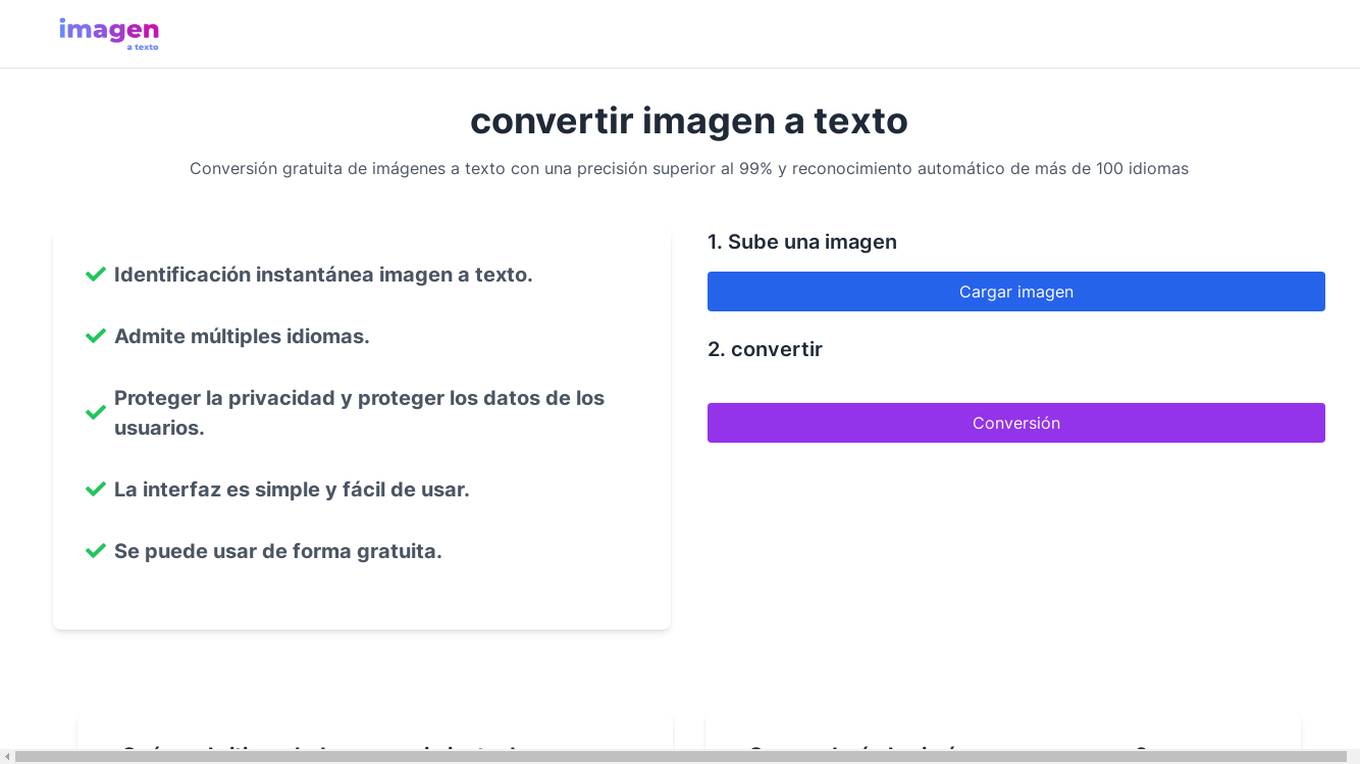
Woy AI Tools
Woy AI Tools is an online tool that offers free image to text conversion with over 99% accuracy and automatic recognition of more than 100 languages. Users can easily upload an image and receive the textual information contained within it. The tool supports multiple languages, prioritizes user privacy and data protection, has a simple and user-friendly interface, and is available for free usage. It utilizes advanced machine learning and OCR technology to continuously optimize recognition algorithms for clear and high-resolution images.
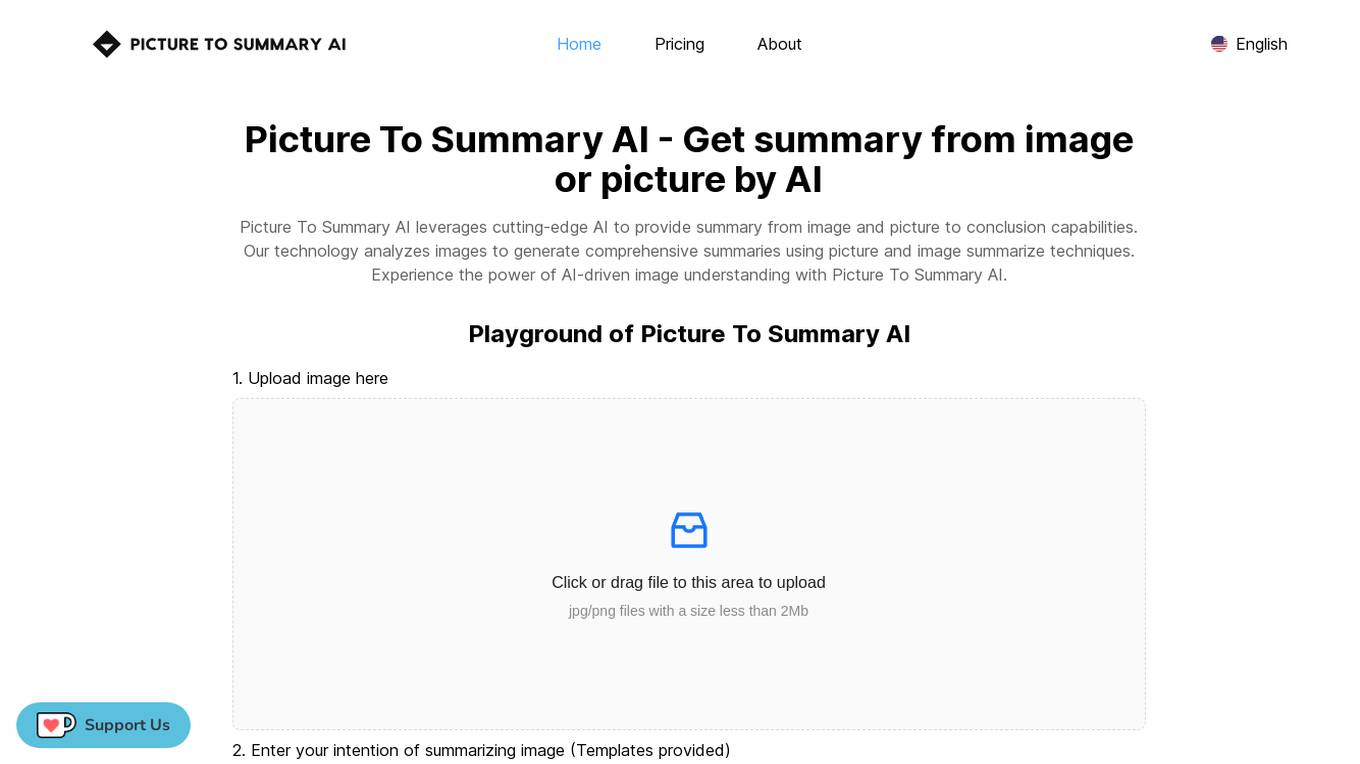
Picture To Summary AI
Picture To Summary AI is an online tool that leverages cutting-edge AI technology to provide summaries from images or pictures. Users can upload images and receive concise and accurate summaries generated by AI, extract text from images, generate captions for social media posts, and customize prompts to tailor descriptions. The tool aims to simplify communication and understanding of image content through AI-driven analysis.
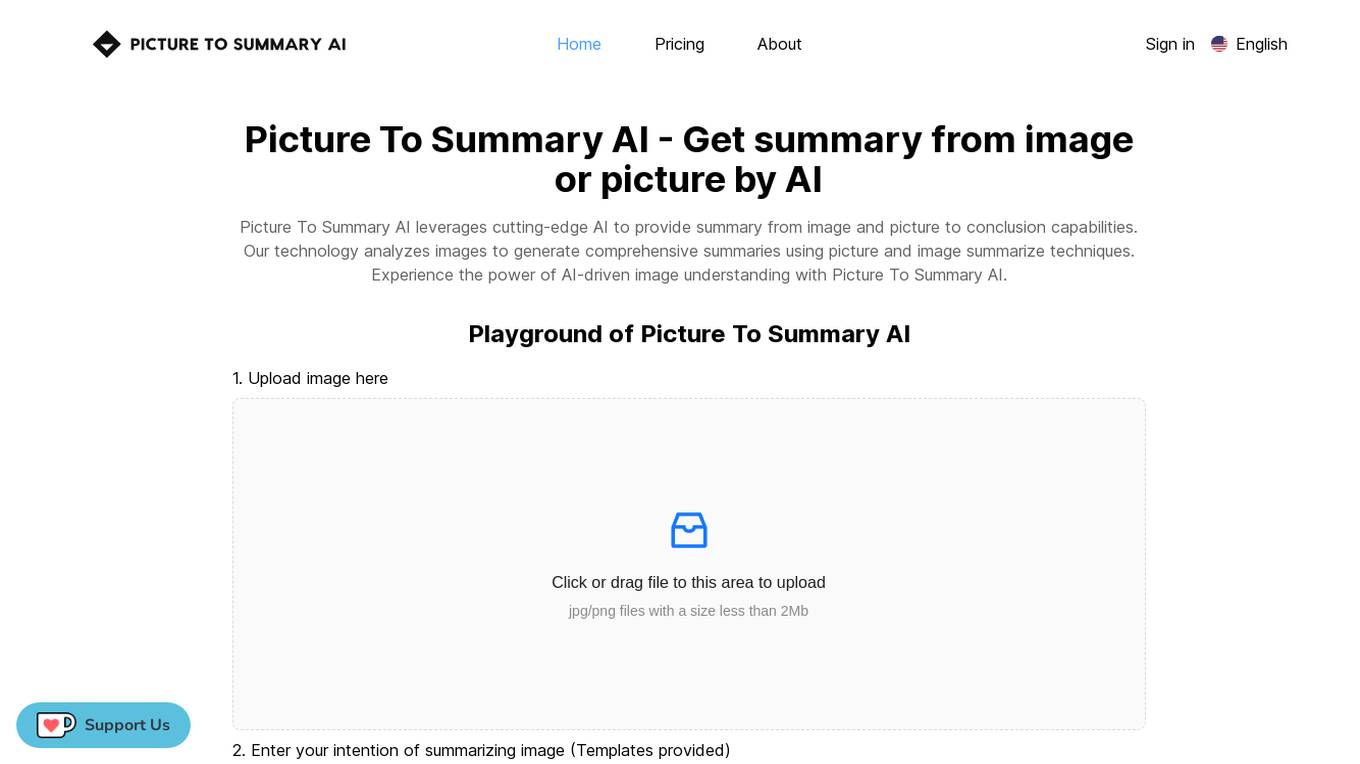
Picture To Summary AI
Picture To Summary AI is a powerful online tool that leverages cutting-edge AI technology to analyze images and generate insightful summaries or descriptions. Users can upload images and receive concise and accurate summaries, extract text from images, generate captions for social media posts, and customize prompts to tailor the output. The application aims to simplify communication and understanding by providing quick and efficient image analysis solutions.
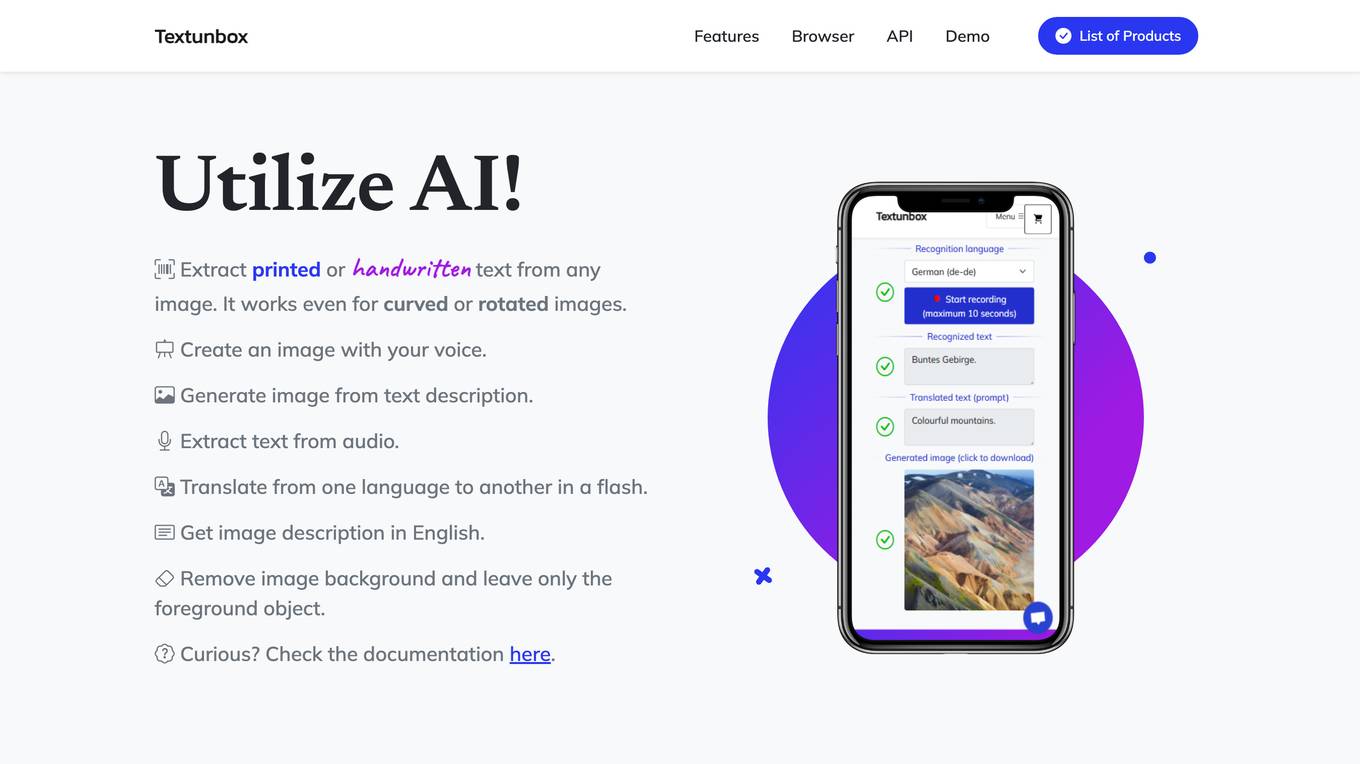
TextUnbox
TextUnbox is an AI-powered tool that allows users to extract text from images, generate images from text descriptions, translate text, remove image backgrounds, and more. It supports over 20 languages and can be used in the browser or integrated into custom solutions using its REST API.
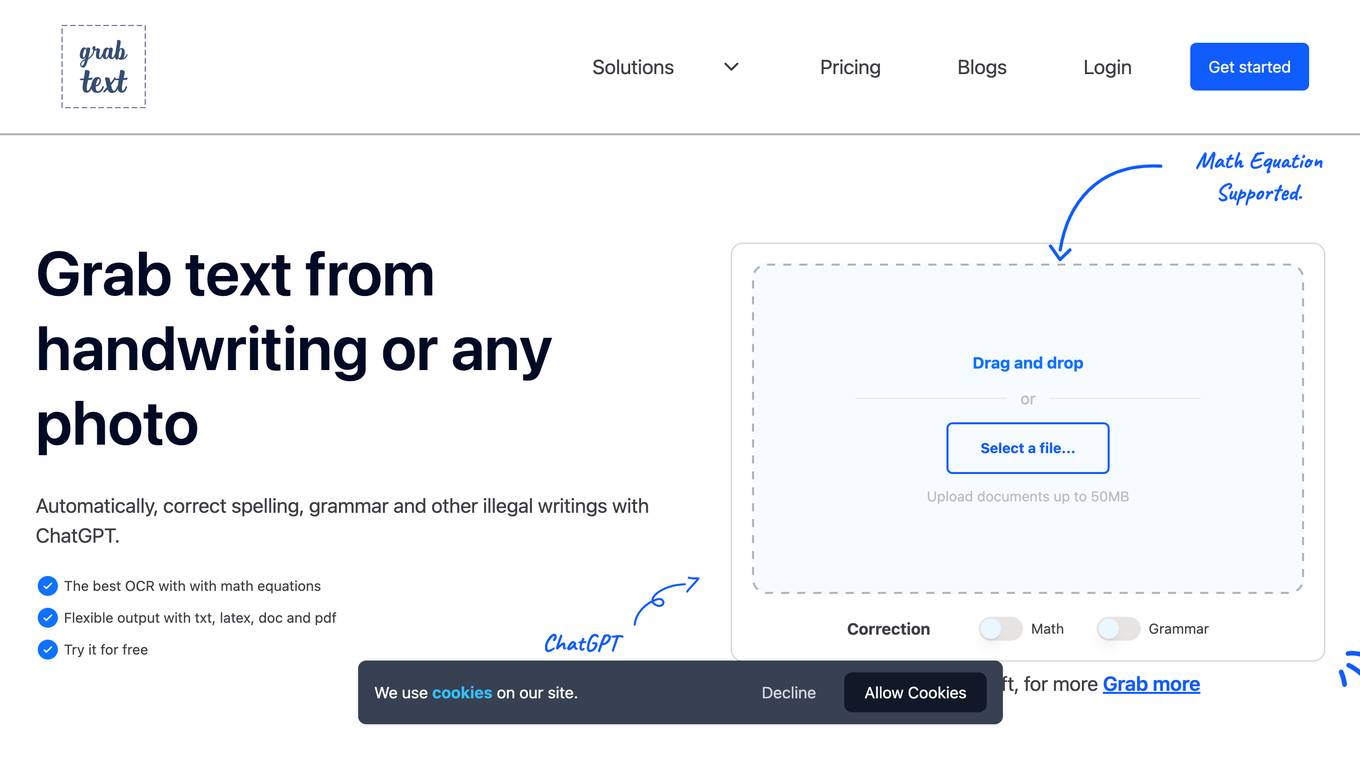
GrabText
GrabText is an online OCR tool that allows users to convert handwritten or printed text from photos, graphics, or documents into editable text. It uses ChatGPT to automatically correct spelling, grammar, and other illegal writings. The tool also supports math equations and offers flexible output options such as txt, latex, doc, and pdf.
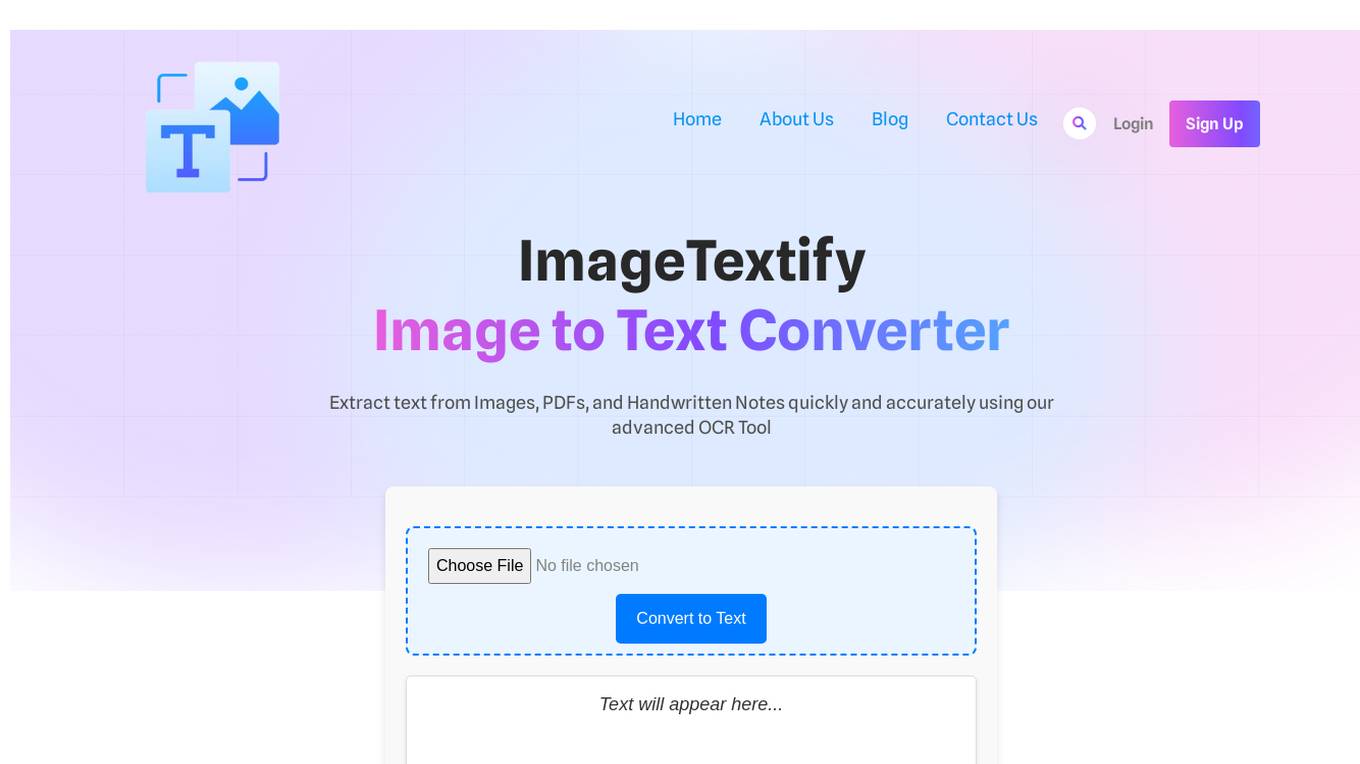
ImageTextify
ImageTextify is a free, AI-powered OCR tool that enables users to extract text from images, PDFs, and handwritten notes with high accuracy and efficiency. The tool offers a wide range of features, including multi-format support, batch processing, and a mobile-friendly interface. ImageTextify is designed to cater to both personal and professional needs, providing a seamless solution for converting images to text. With a focus on privacy, speed, and support for multiple languages and formats, ImageTextify stands out as a reliable and user-friendly OCR tool.
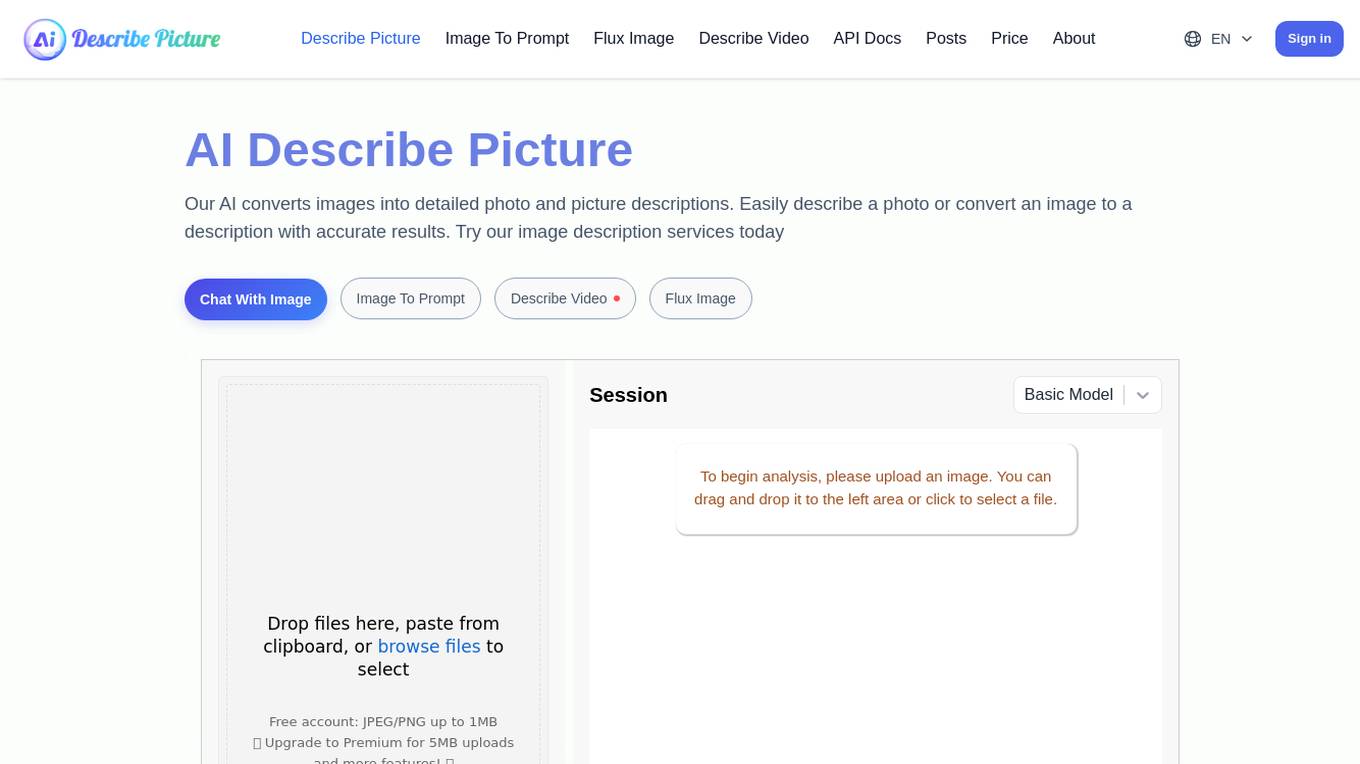
AI Describe Picture
AI Describe Picture is a free online tool that offers image description services, image-to-text conversion, and code conversion. The AI-powered platform allows users to easily describe photos, convert images to detailed descriptions, extract text from images, and convert screenshots into HTML, CSS, or JavaScript code. It also provides content extraction in Markdown format and personalized content creation. With features like intelligent image recognition, single-click code copying, and efficient text extraction, AI Describe Picture aims to enhance users' productivity and creativity in image processing tasks.
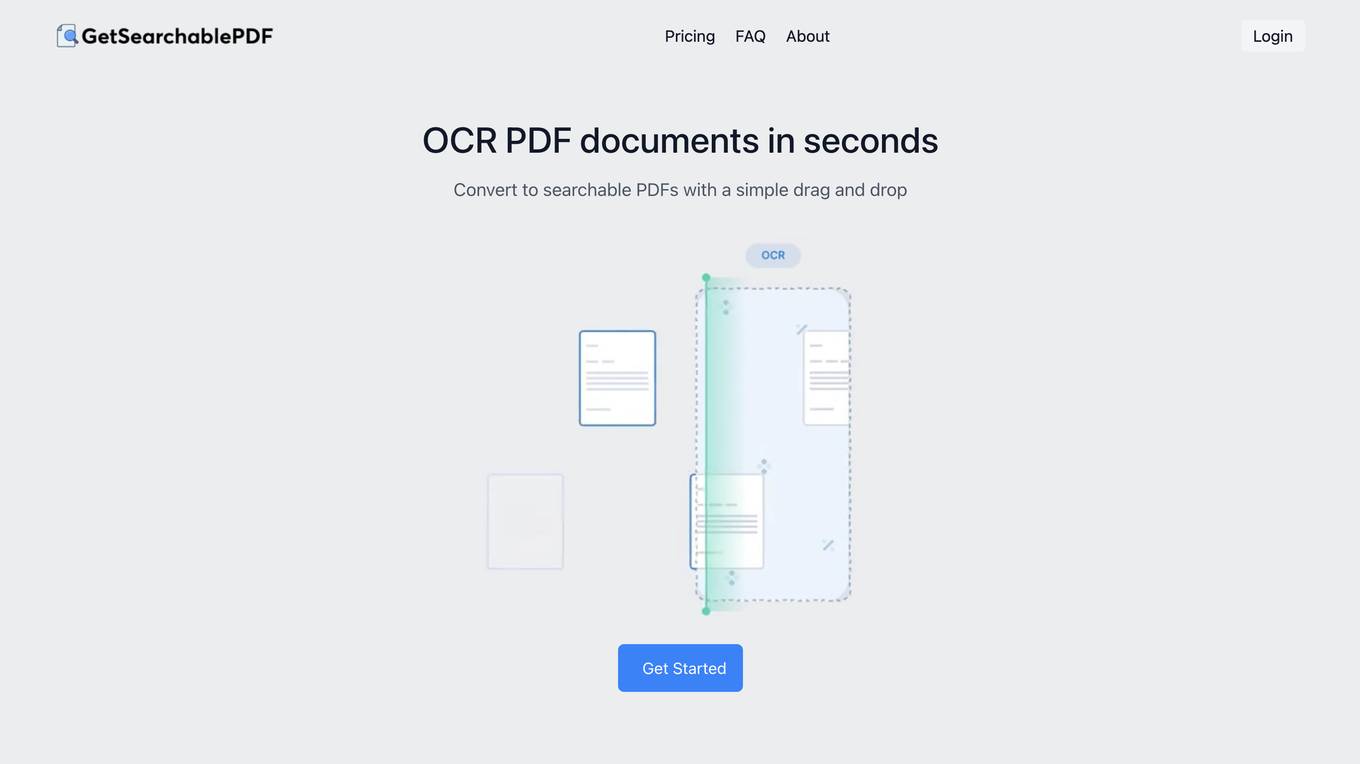
GetSearchablePDF
GetSearchablePDF is an online tool that allows users to convert scanned or image-based PDF documents into searchable PDFs. With its advanced OCR (Optical Character Recognition) technology, the tool accurately extracts text from images, making the resulting PDFs easy to search, edit, and share. The process is simple and straightforward: users simply connect their Dropbox or OneDrive account, drag and drop their PDF files into the designated folder, and the tool automatically converts them into searchable PDFs.
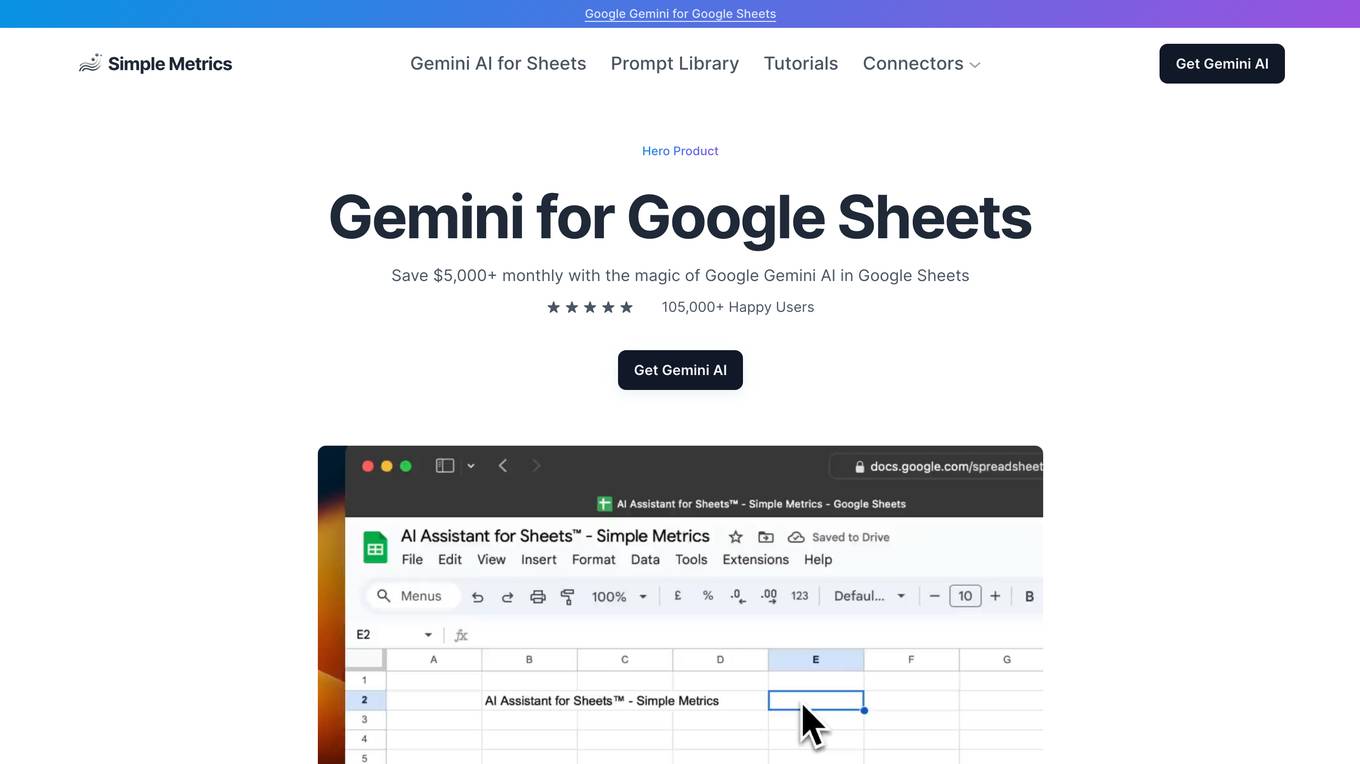
Simple Metrics - Google Gemini AI in Google Sheets
Simple Metrics' Gemini AI for Google Sheets is a powerful tool that allows users to harness the power of AI directly within Google Sheets. With a suite of 10 AI formulas and the ability to perform full sheet analysis, Gemini AI empowers users to automate tasks, gain valuable insights, and streamline their workflows. Its user-friendly interface and customizable settings make it accessible to users of all levels, while its free tier ensures that everyone can experience the benefits of AI in Google Sheets.
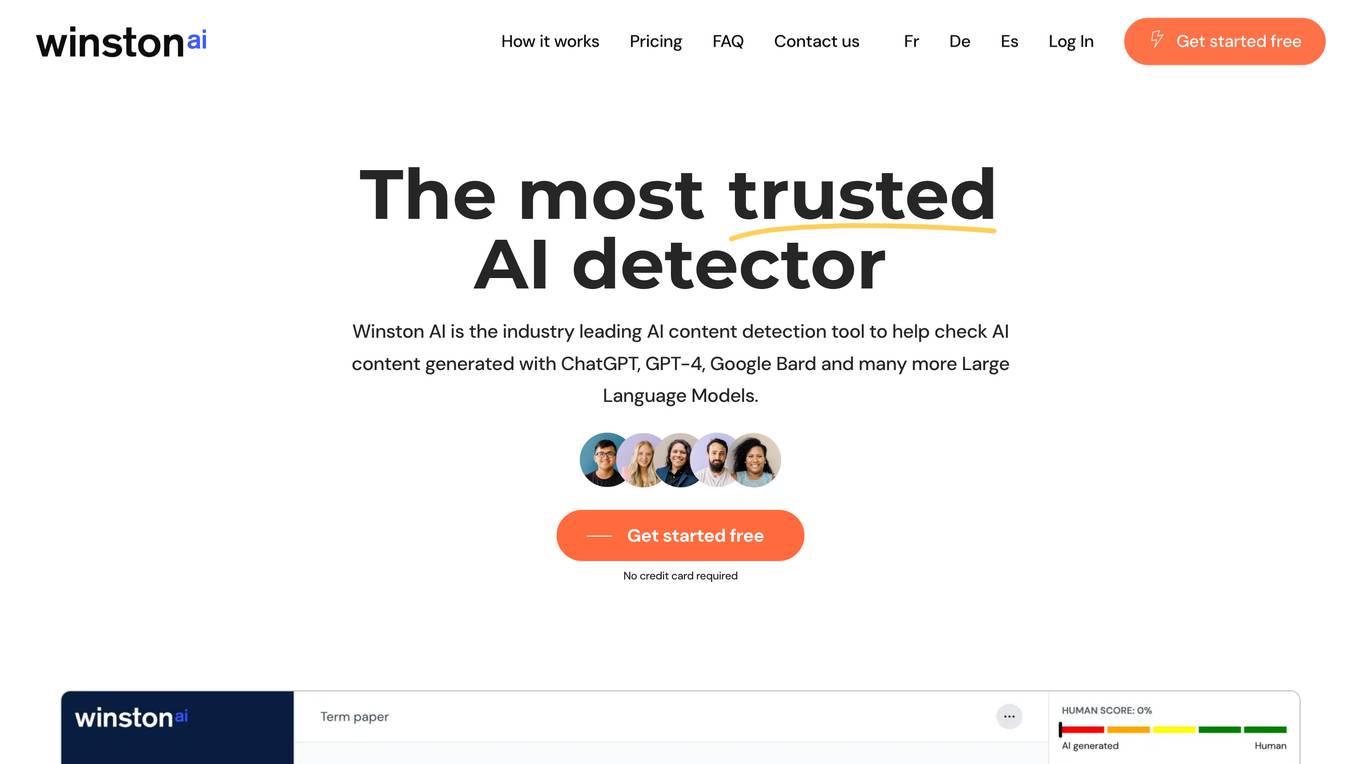
Winston AI
Winston AI is a leading AI content detection tool designed to help users identify AI-generated text from ChatGPT, GPT-4, Google Bard, and other large language models. It offers a range of features, including AI content detection, plagiarism checking, readability scoring, and OCR (Optical Character Recognition) technology for extracting text from scanned documents or pictures. Winston AI is committed to providing accurate and reliable AI detection, with a 99.98% accuracy rate and continuous updates to keep up with the latest advancements in AI writing tools.
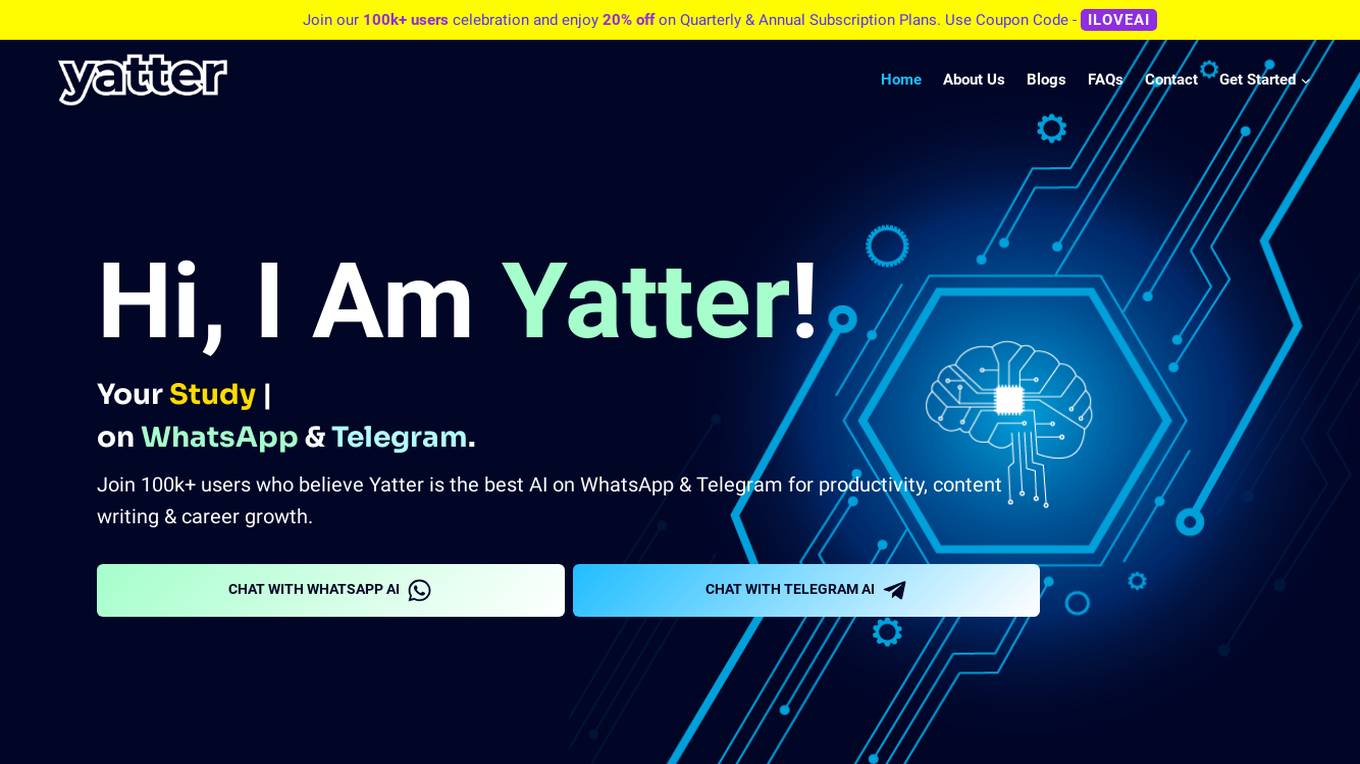
Yatter AI
Yatter AI is a powerful AI tool available on WhatsApp and Telegram, designed to enhance productivity, content writing, and career growth. It leverages top AI models and technologies from companies like ChatGPT, Google Gemini, Meta AI, and Groq AI to provide users with advanced features such as voice AI chat messaging, image detection, reminder scheduling, real-time weather updates, multilingual conversation support, and more. Yatter AI revolutionizes communication and information retrieval, offering seamless interactions and personalized experiences for users worldwide.
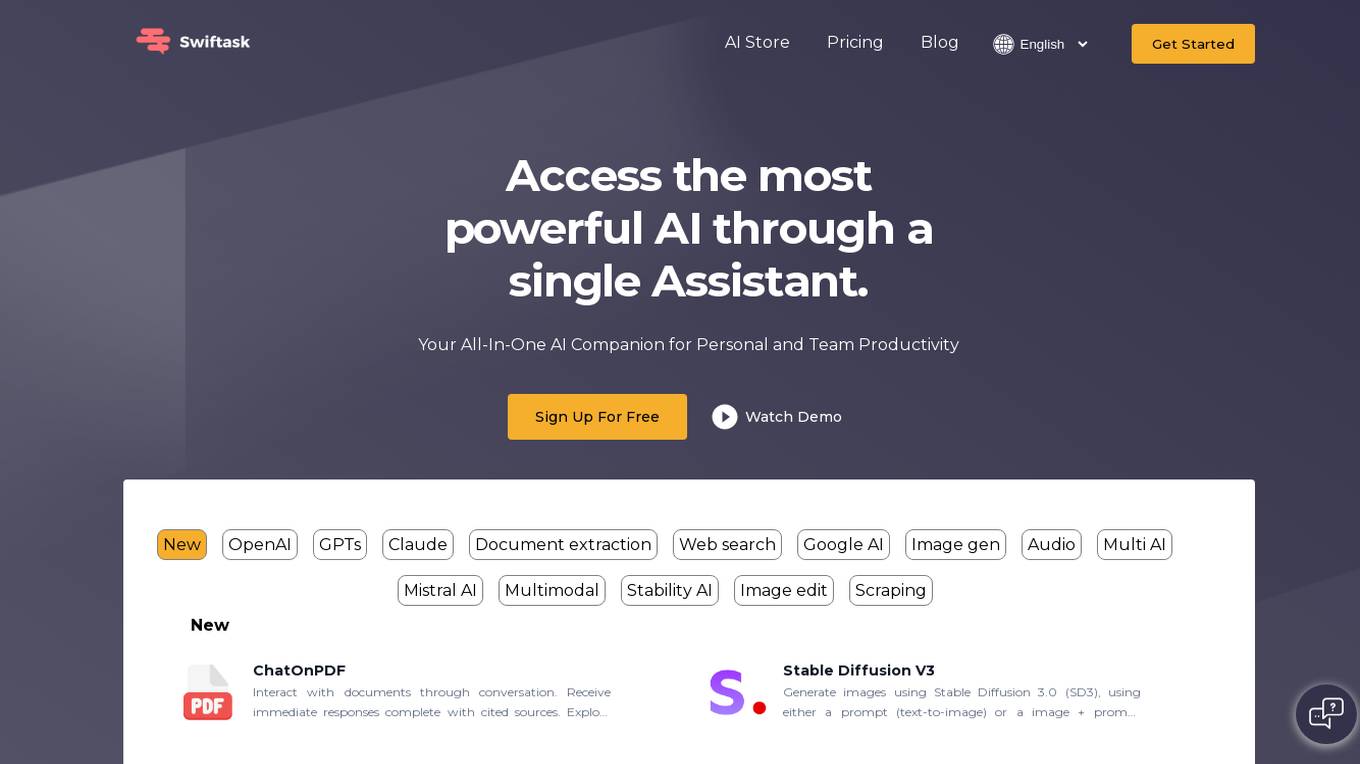
Swiftask
Swiftask is an all-in-one AI Assistant designed to enhance individual and team productivity and creativity. It integrates a range of AI technologies, chatbots, and productivity tools into a cohesive chat interface. Swiftask offers features such as generating text, language translation, creative content writing, answering questions, extracting text from images and PDFs, table and form extraction, audio transcription, speech-to-text conversion, AI-based image generation, and project management capabilities. Users can benefit from Swiftask's comprehensive AI solutions to work smarter and achieve more.
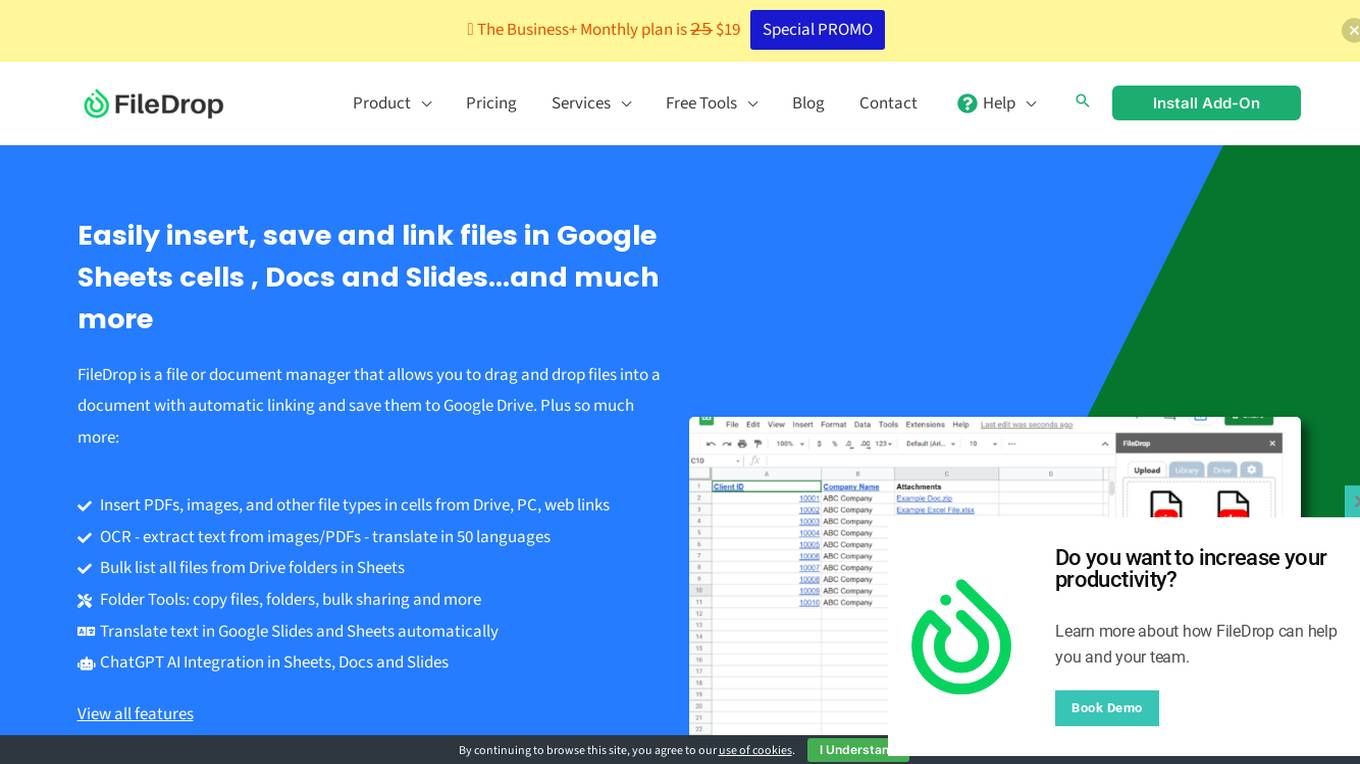
FileDrop
FileDrop is a file or document manager that allows you to drag and drop files into a document with automatic linking and save them to Google Drive. It also offers features like OCR, translation, and AI integration. With FileDrop, you can easily insert, save, and link files in Google Sheets cells, Docs, and Slides.
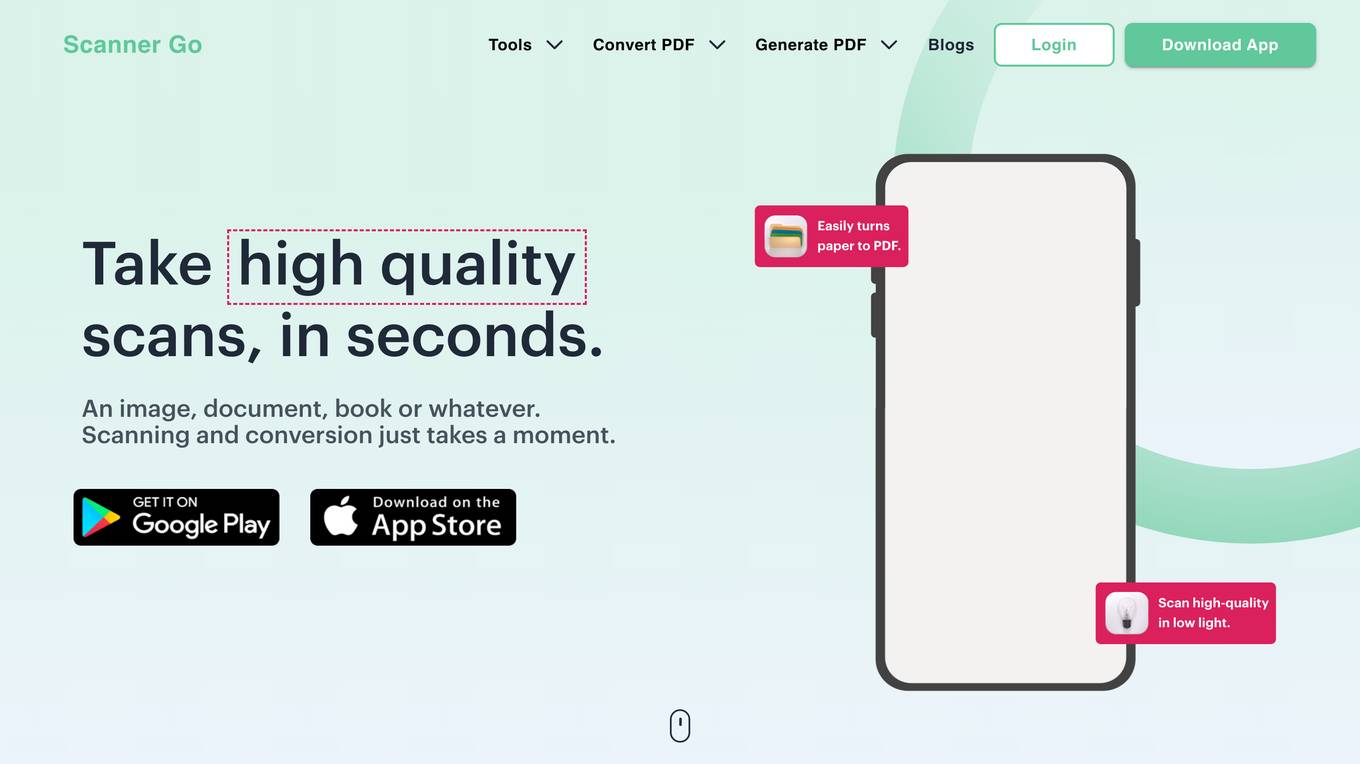
Scanner Go
Scanner Go is a free PDF tool that offers easy-to-use features for high-quality scanning and conversion of various documents into PDF format. With powerful OCR technology, it allows users to extract text from PDFs and images, making it convenient to edit and share documents. The tool also provides options for managing, editing, printing, and sharing documents, enhancing productivity. Additionally, Scanner Go offers a range of popular tools for converting, optimizing, and securing PDF files, catering to diverse user needs.
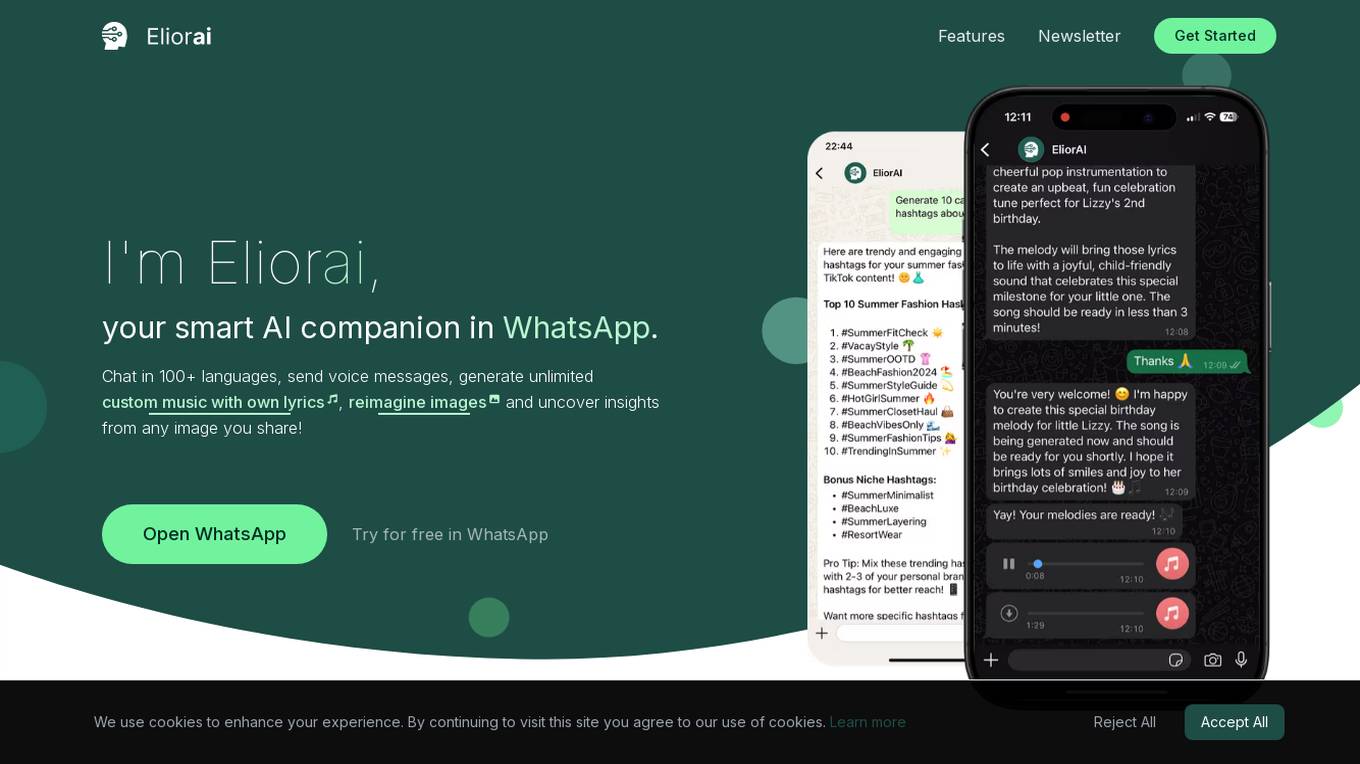
Eliorai
Eliorai is a smart AI companion integrated with WhatsApp, offering a range of features to enhance messaging experiences. Users can chat in multiple languages, send voice messages, generate custom music with personalized lyrics, reimagine images, and extract insights from shared images. The application prioritizes data security, ensuring GDPR compliance, end-to-end encryption, and controlled data retention. Eliorai stands out as an AI tool that provides comprehensive assistance beyond basic chat functionalities, catering to tasks like content creation, music composition, image generation, and more.
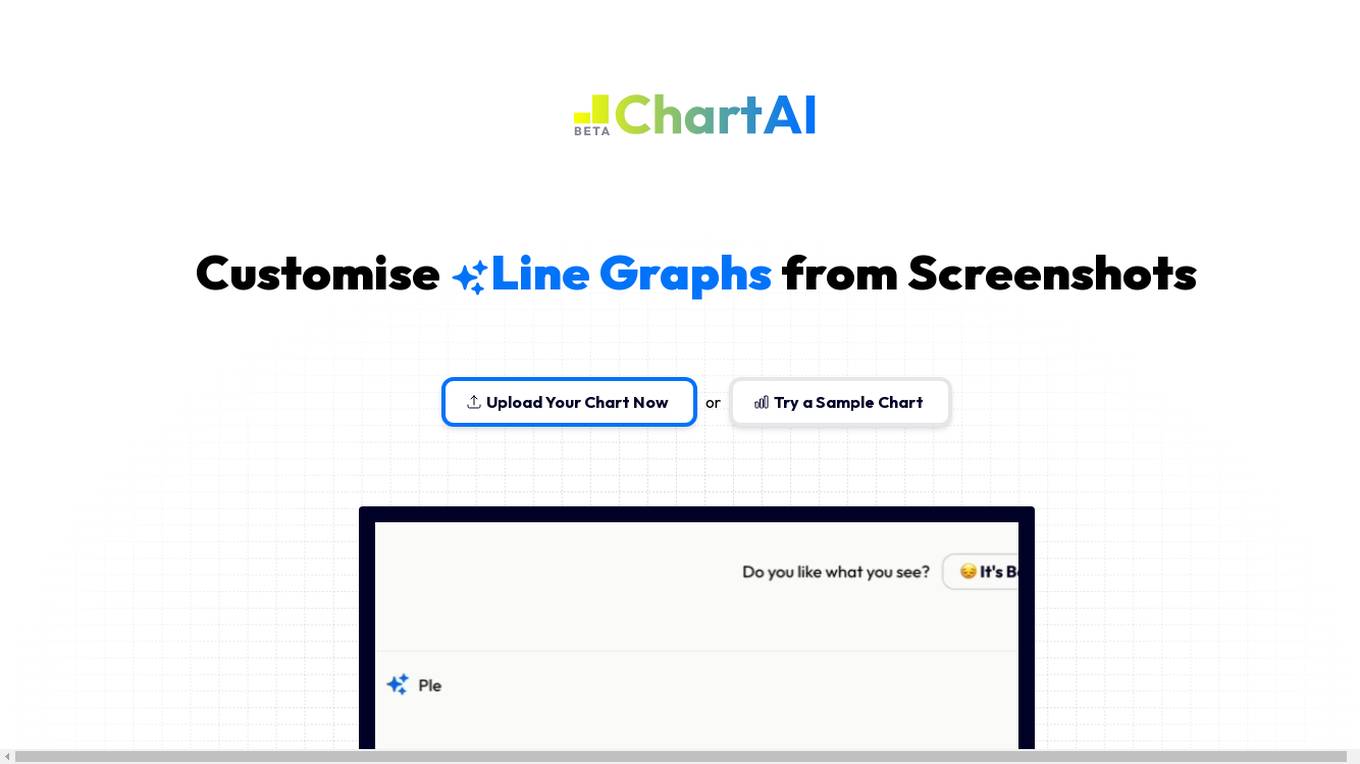
ChartAI
ChartAI is an AI tool that allows users to customize bar charts from screenshots. Users can upload their chart images, and ChartAI's visual recognition technology extracts the data to recreate the chart. Users can adjust the style, add or remove data, and change the chart type effortlessly. The tool simplifies the process of creating charts and provides quick updates based on user requests.
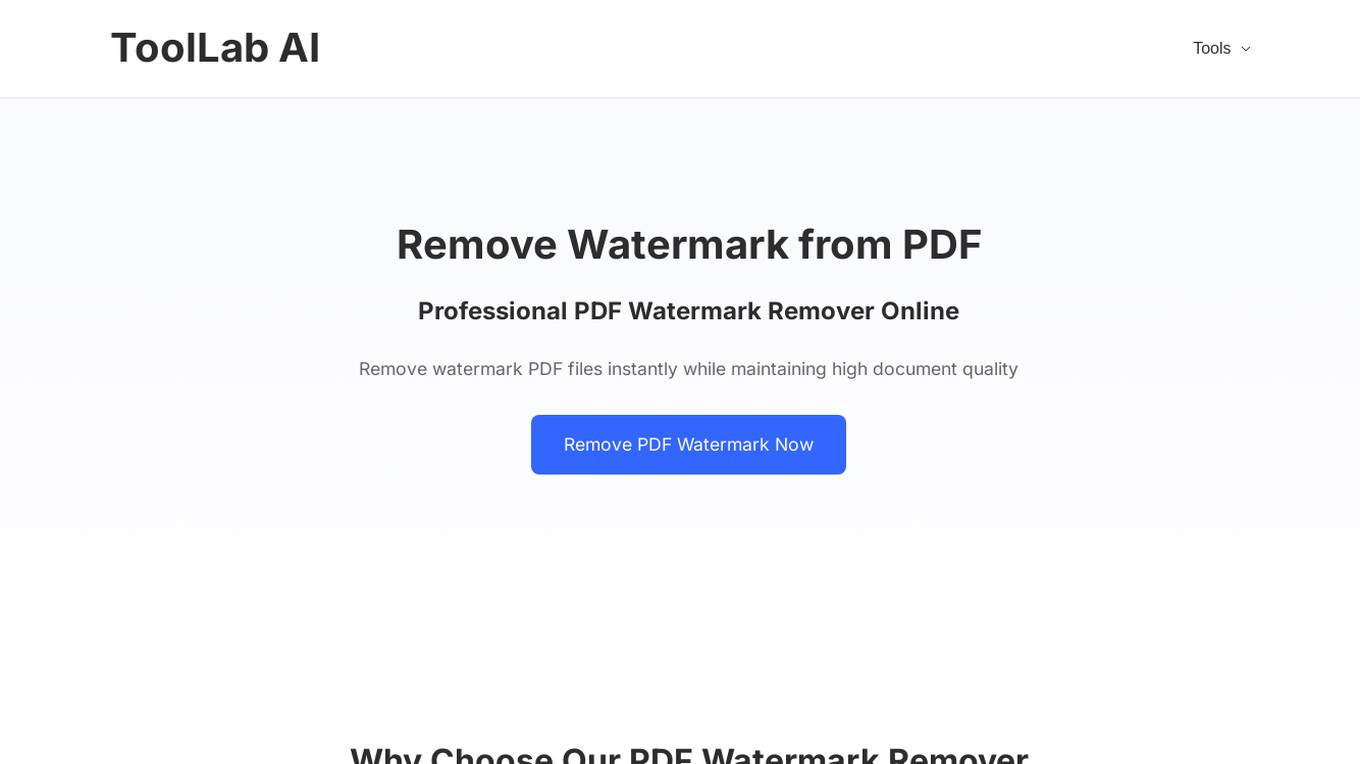
ToolLab
ToolLab is a professional online AI tool that specializes in removing watermarks from PDF files and images. It offers instant and high-quality removal of watermarks while maintaining document integrity. The tool is user-friendly, secure, and does not require any installation or registration. With its AI-powered technology, ToolLab ensures efficient and effective watermark removal, making it a reliable choice for individuals and businesses seeking professional results.
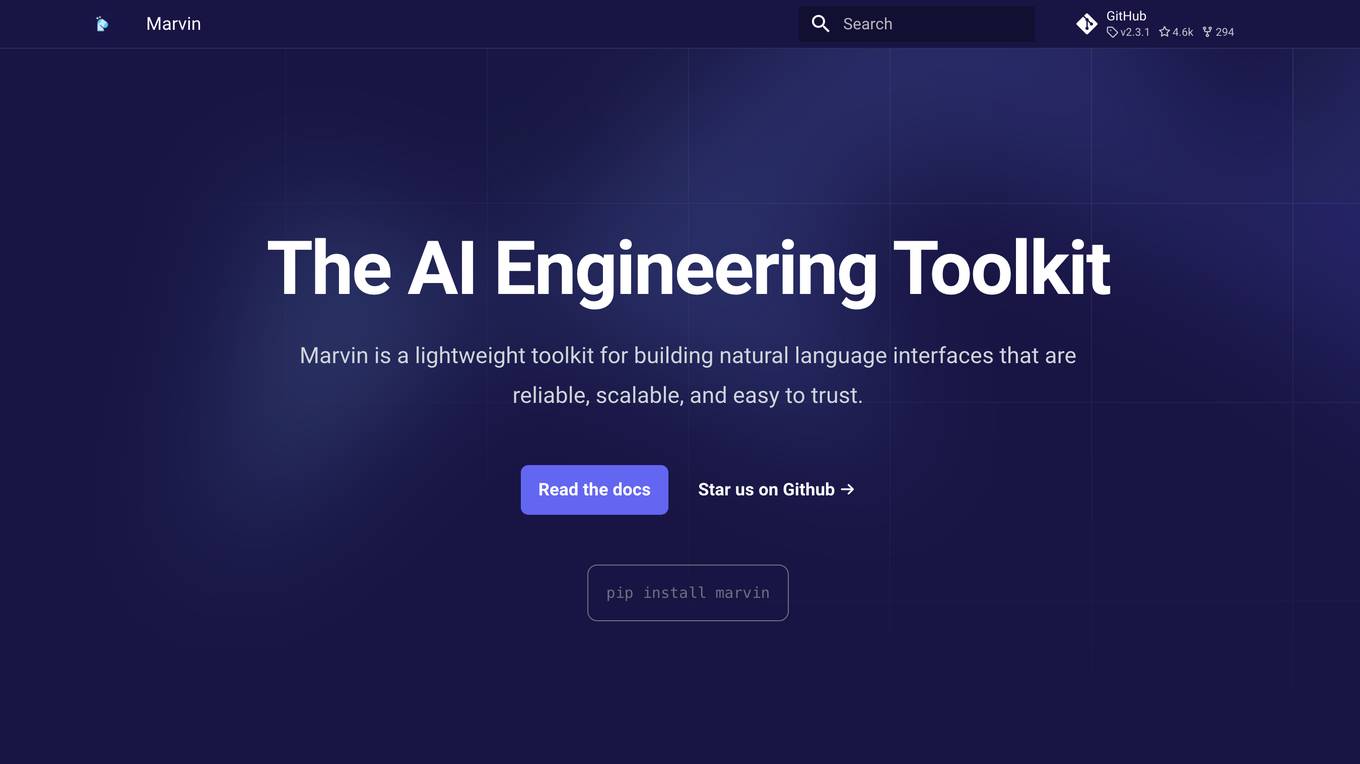
Marvin
Marvin is a lightweight toolkit for building natural language interfaces that are reliable, scalable, and easy to trust. It provides a variety of AI functions for text, images, audio, and video, as well as interactive tools and utilities. Marvin is designed to be easy to use and integrate, and it can be used to build a wide range of applications, from simple chatbots to complex AI-powered systems.
0 - Open Source AI Tools
20 - OpenAI Gpts
QCM
ce GPT va recevoir des images dans lesquelles il y a des questions QCM codingame ou Problem Solving sur les sujets : Java, Hibernate, Angular, Spring Boot, SQL. Il doit extraire le texte depuis l'image et répondre au question QCM le plus rapidement possible.

kz image 2 typescript 2 image
Generate a Structured description in typescript format from the image and generate an image from that description. and OCR
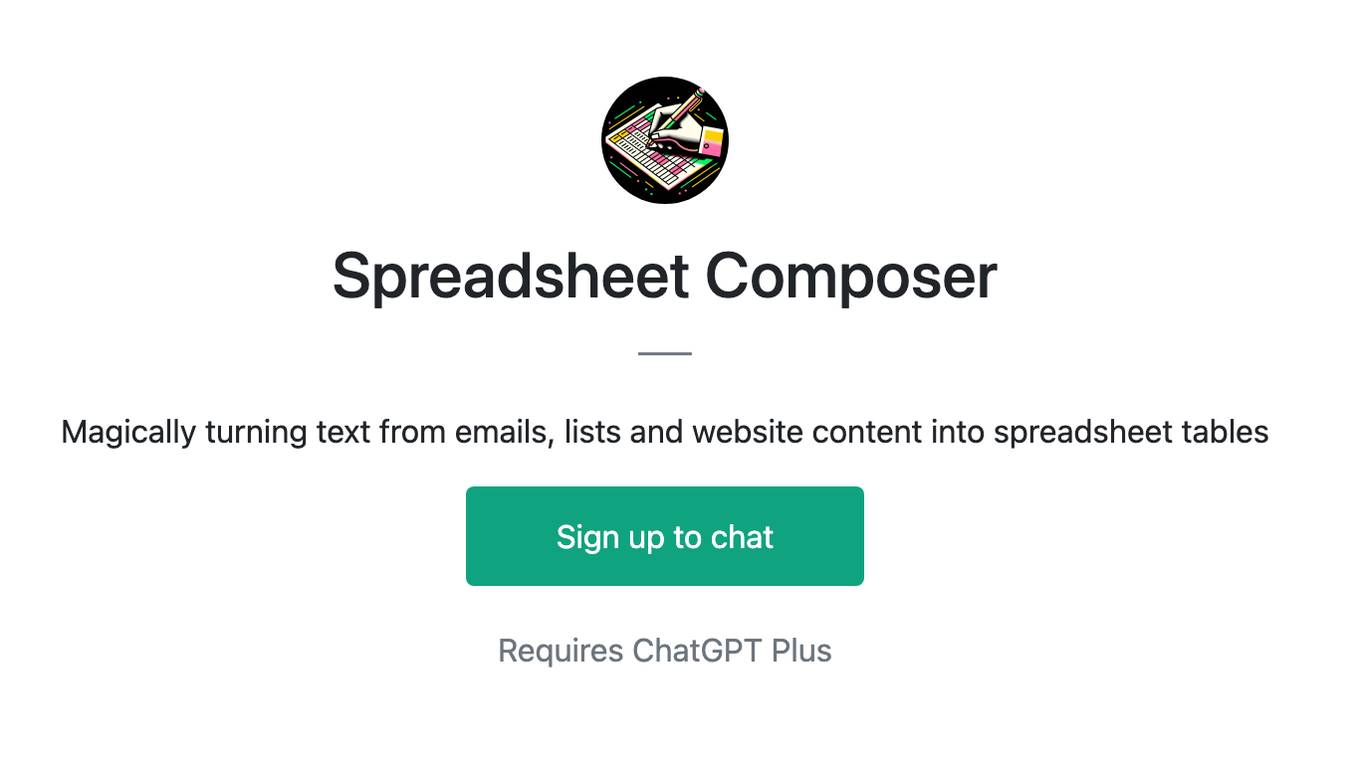
Spreadsheet Composer
Magically turning text from emails, lists and website content into spreadsheet tables
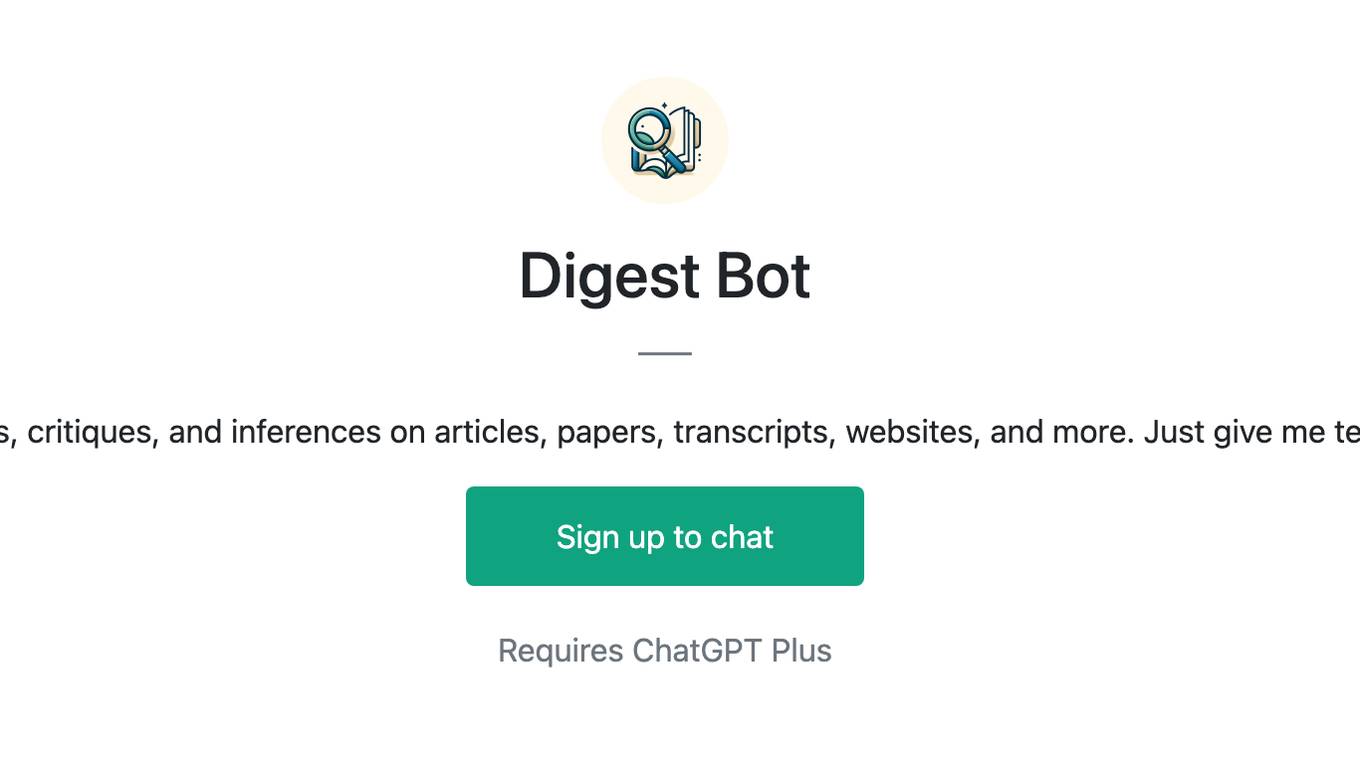
Digest Bot
I provide detailed summaries, critiques, and inferences on articles, papers, transcripts, websites, and more. Just give me text, a URL, or file to digest.
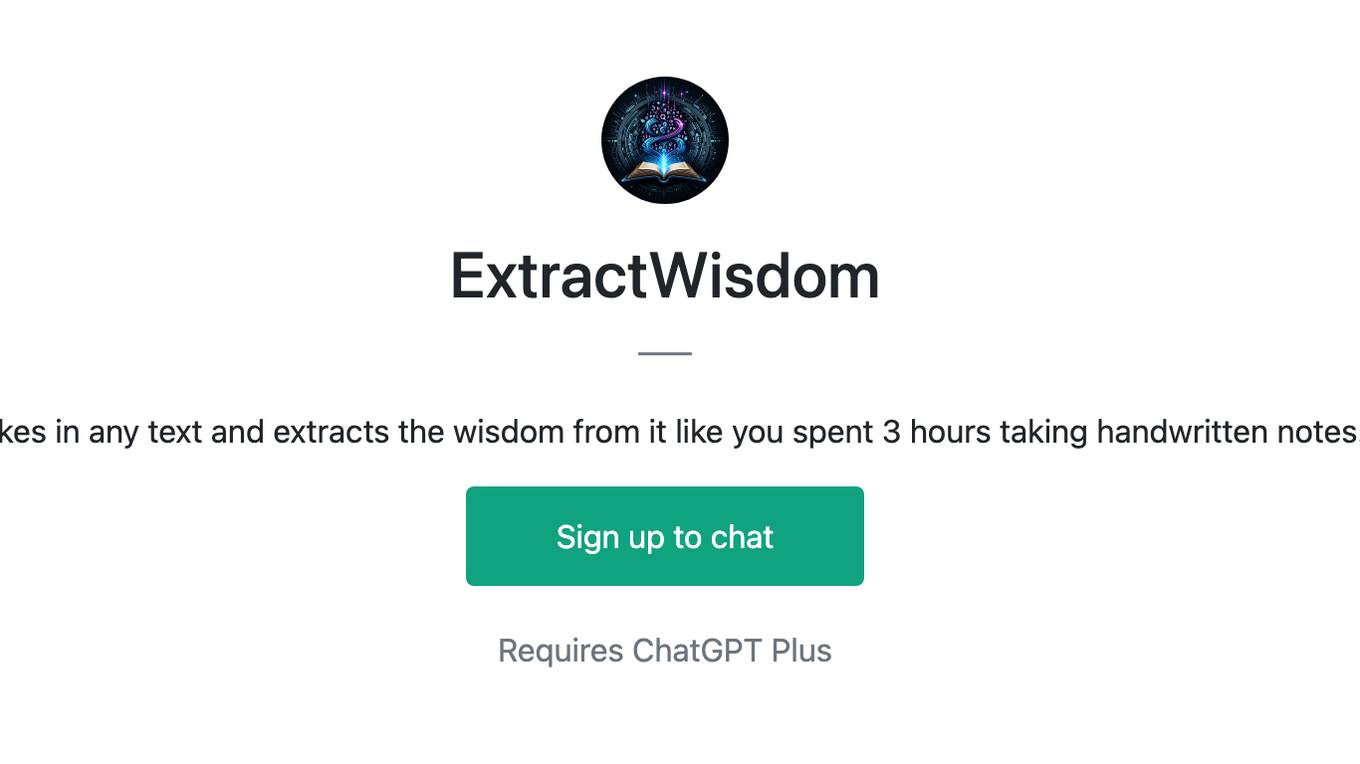
ExtractWisdom
Takes in any text and extracts the wisdom from it like you spent 3 hours taking handwritten notes.
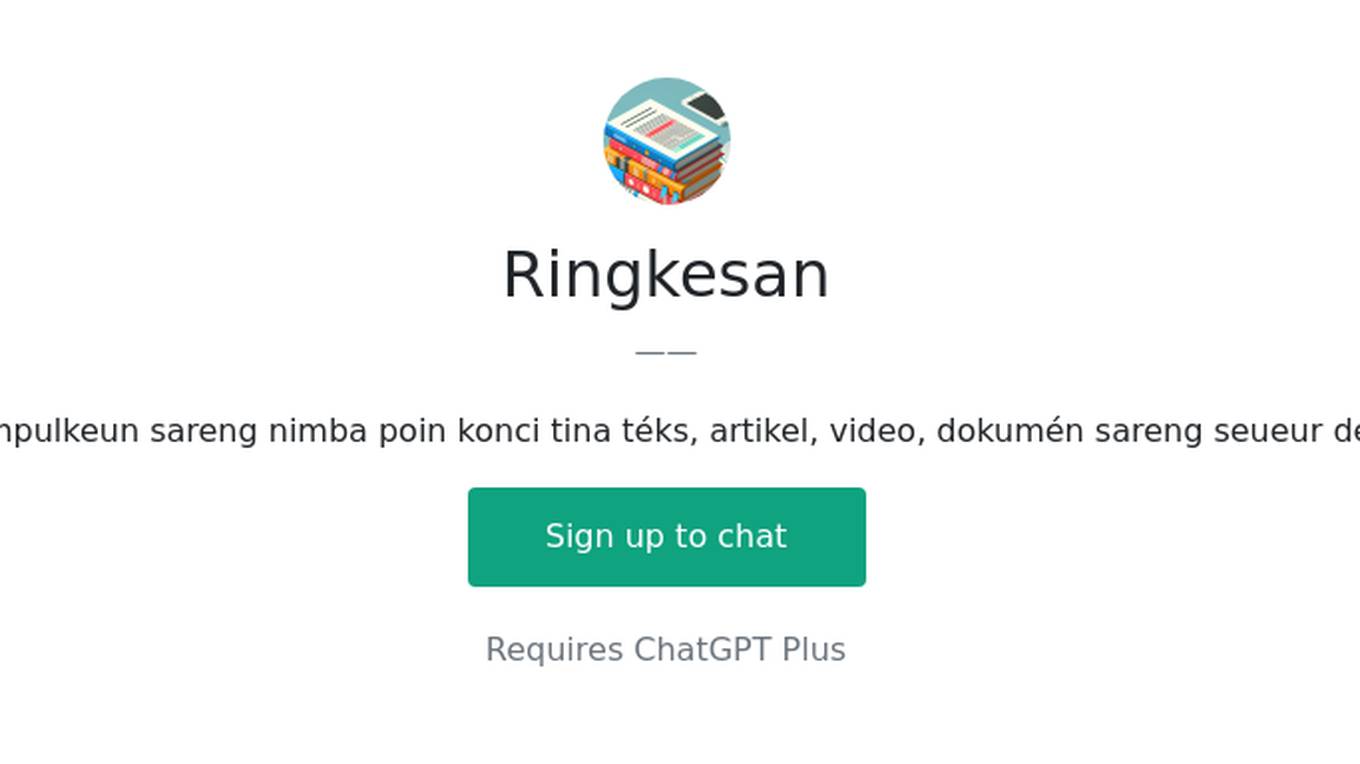
Ringkesan
Nyimpulkeun sareng nimba poin konci tina téks, artikel, video, dokumén sareng seueur deui
